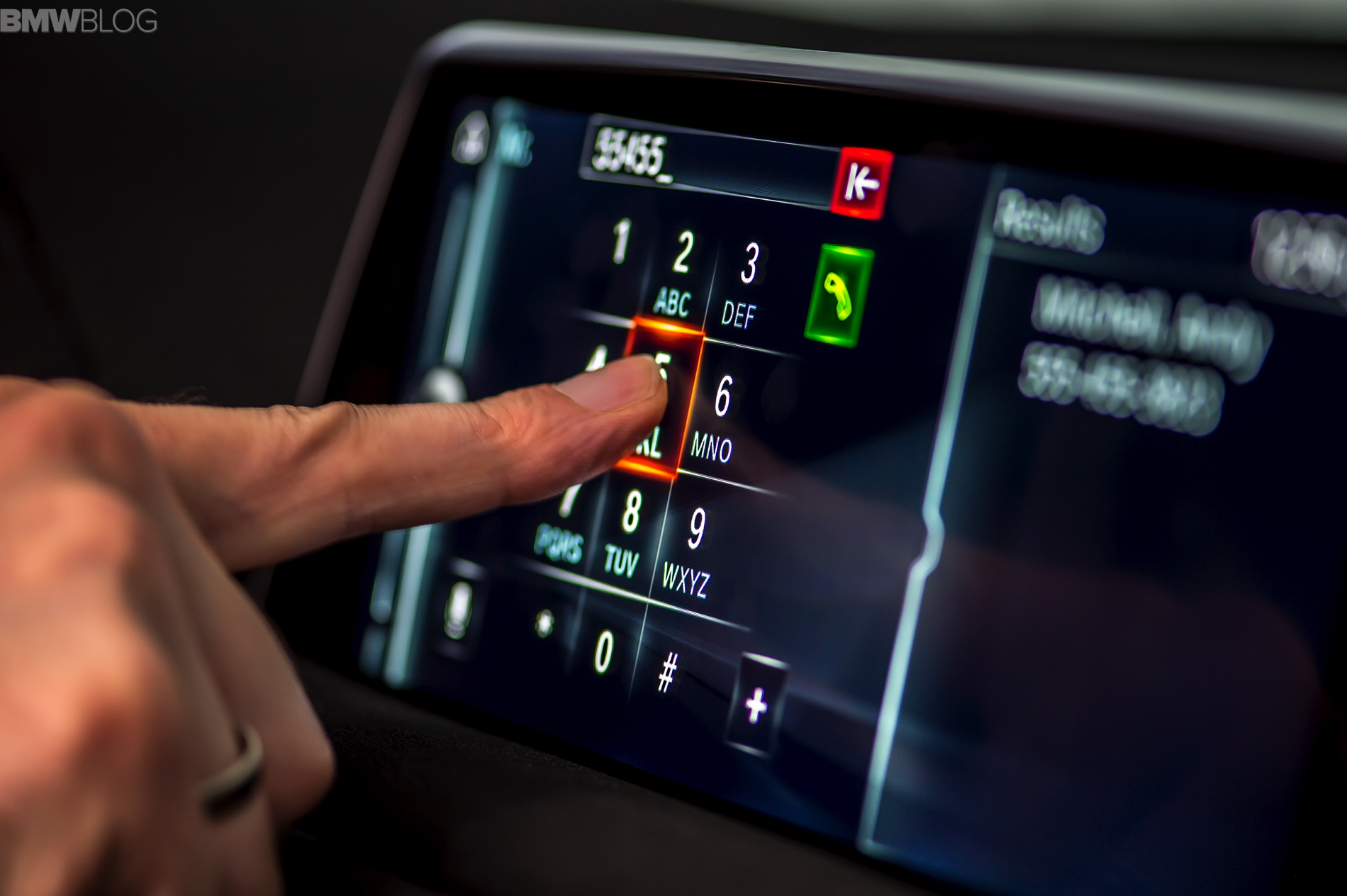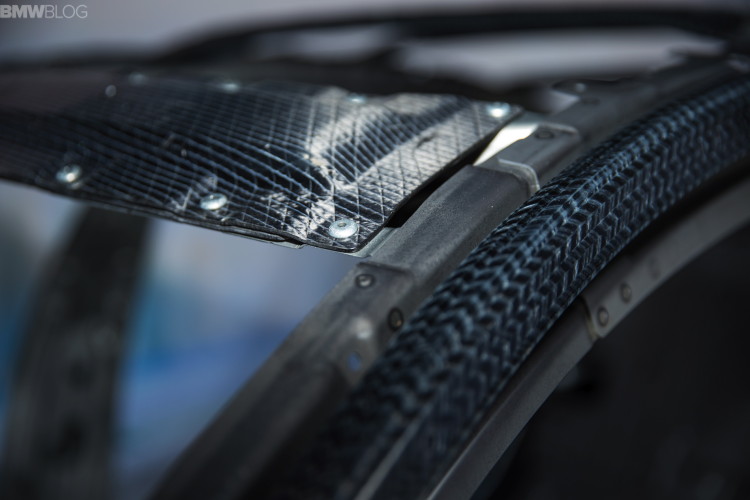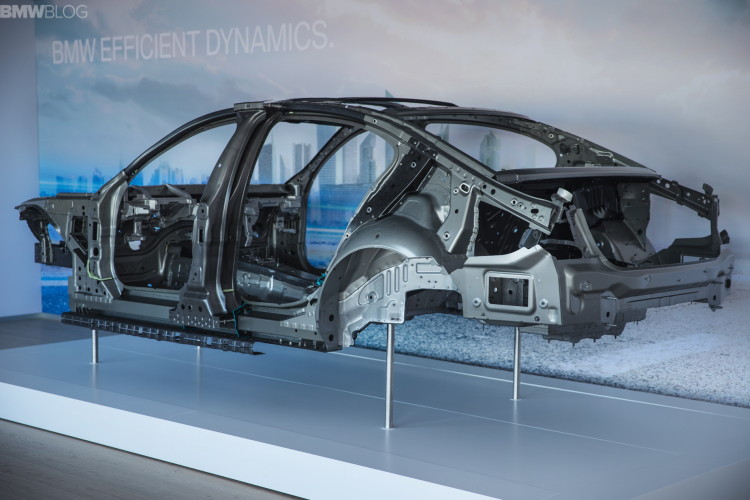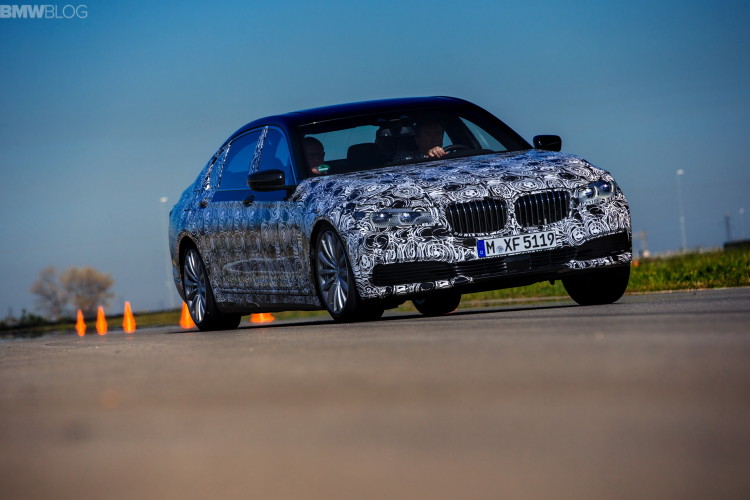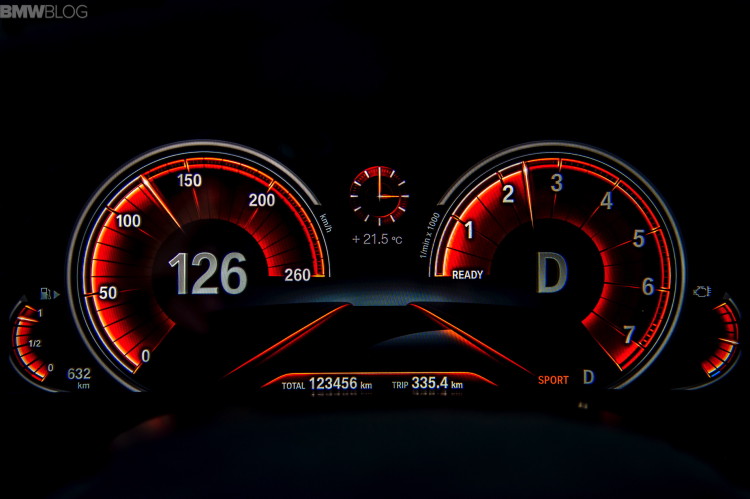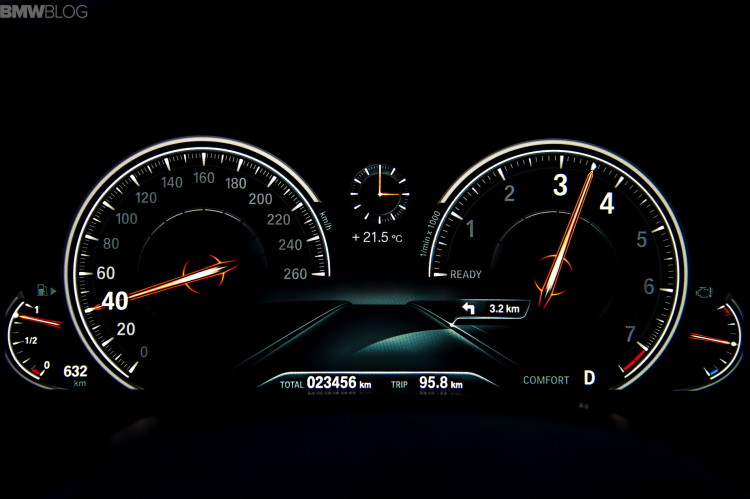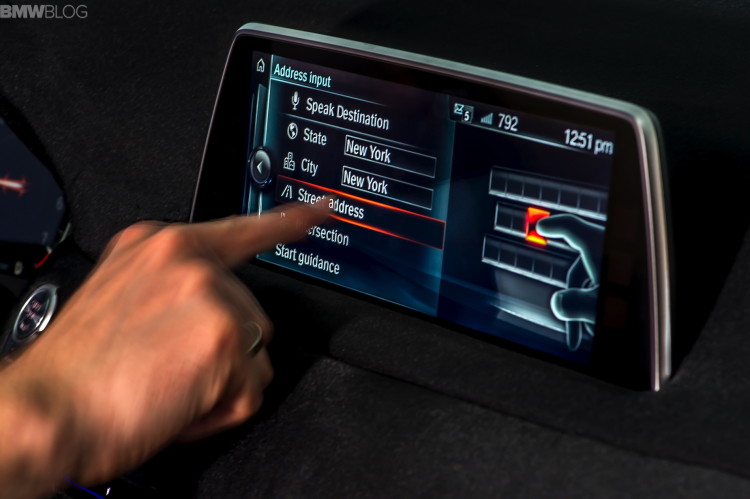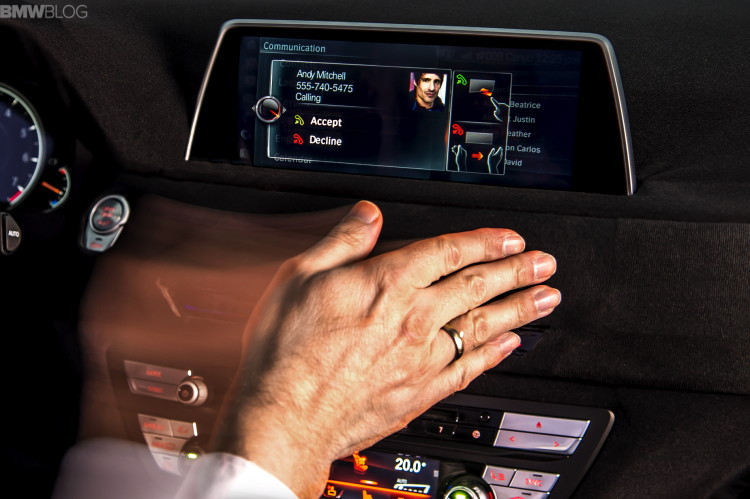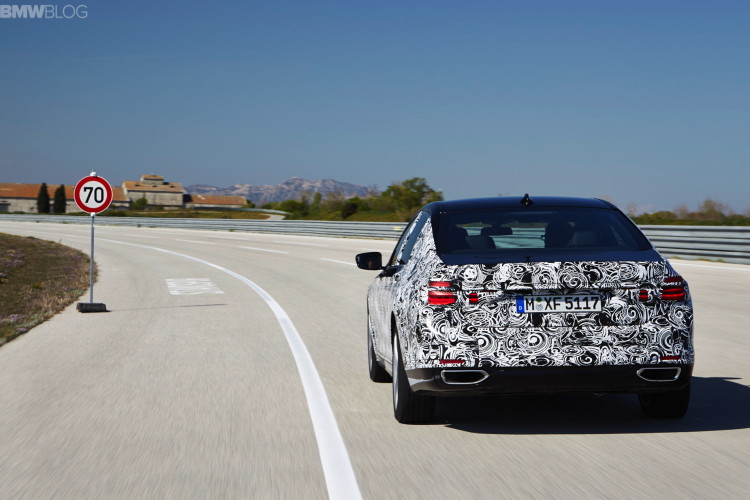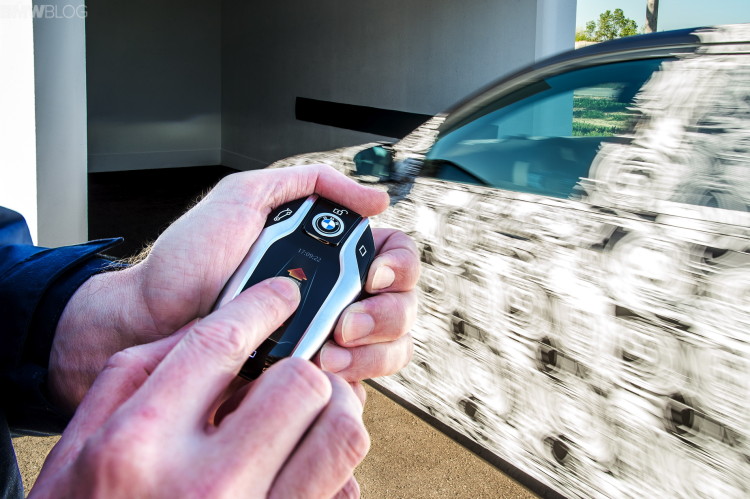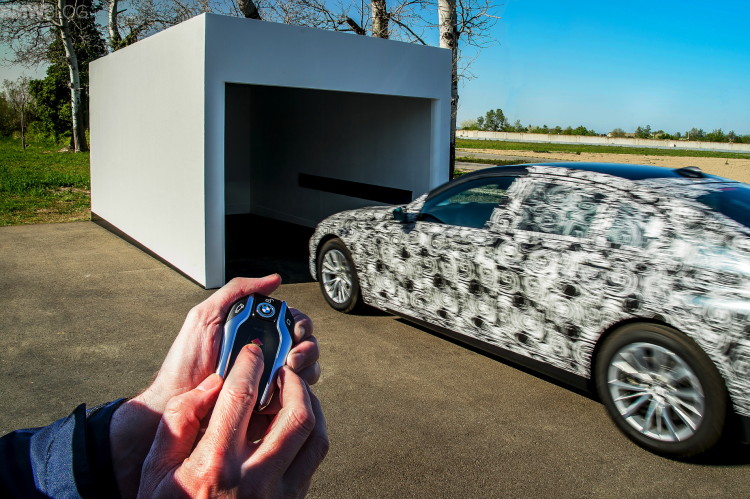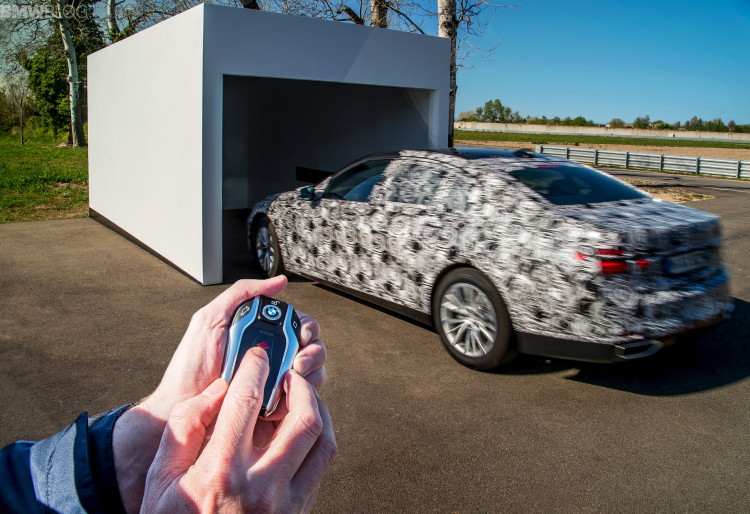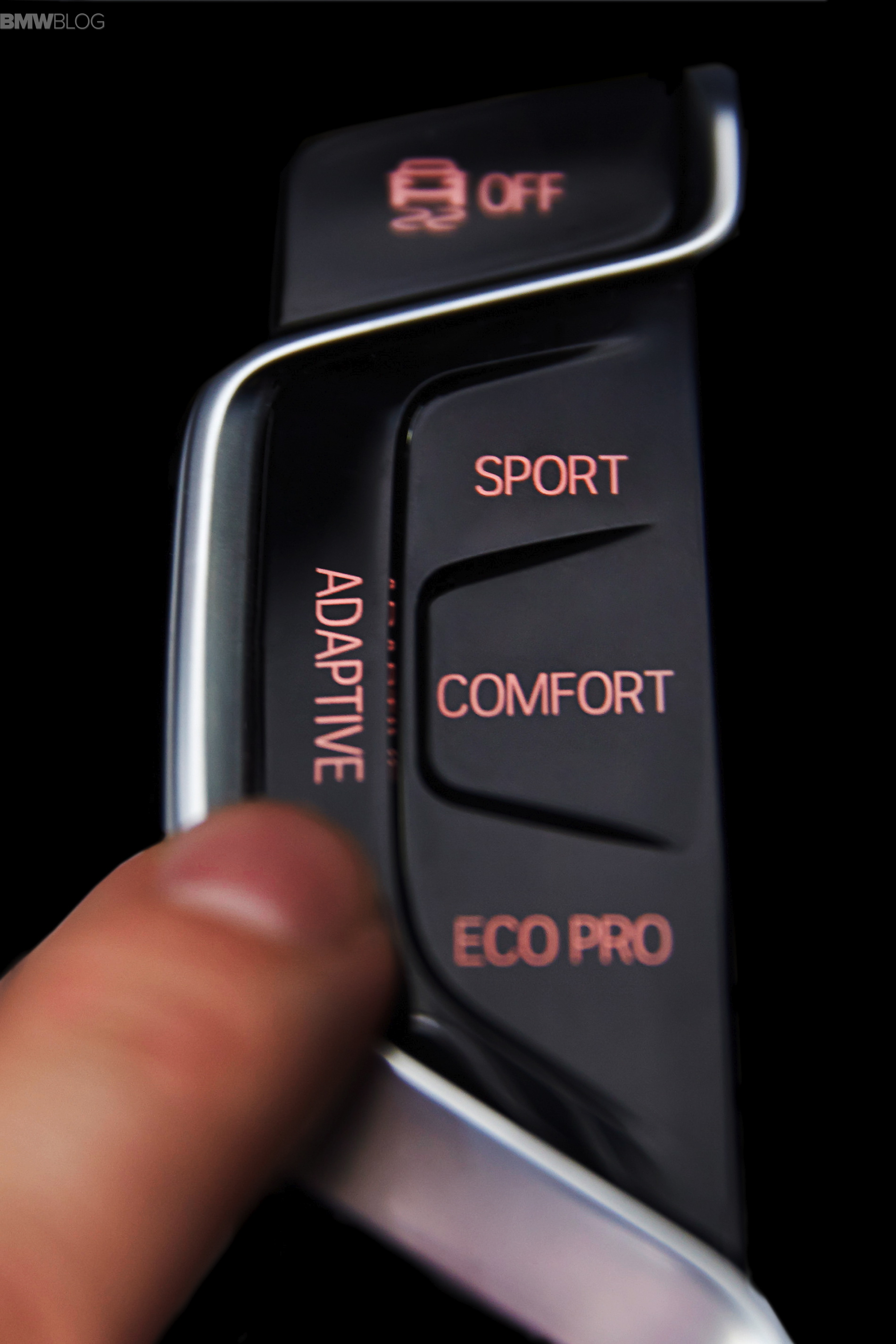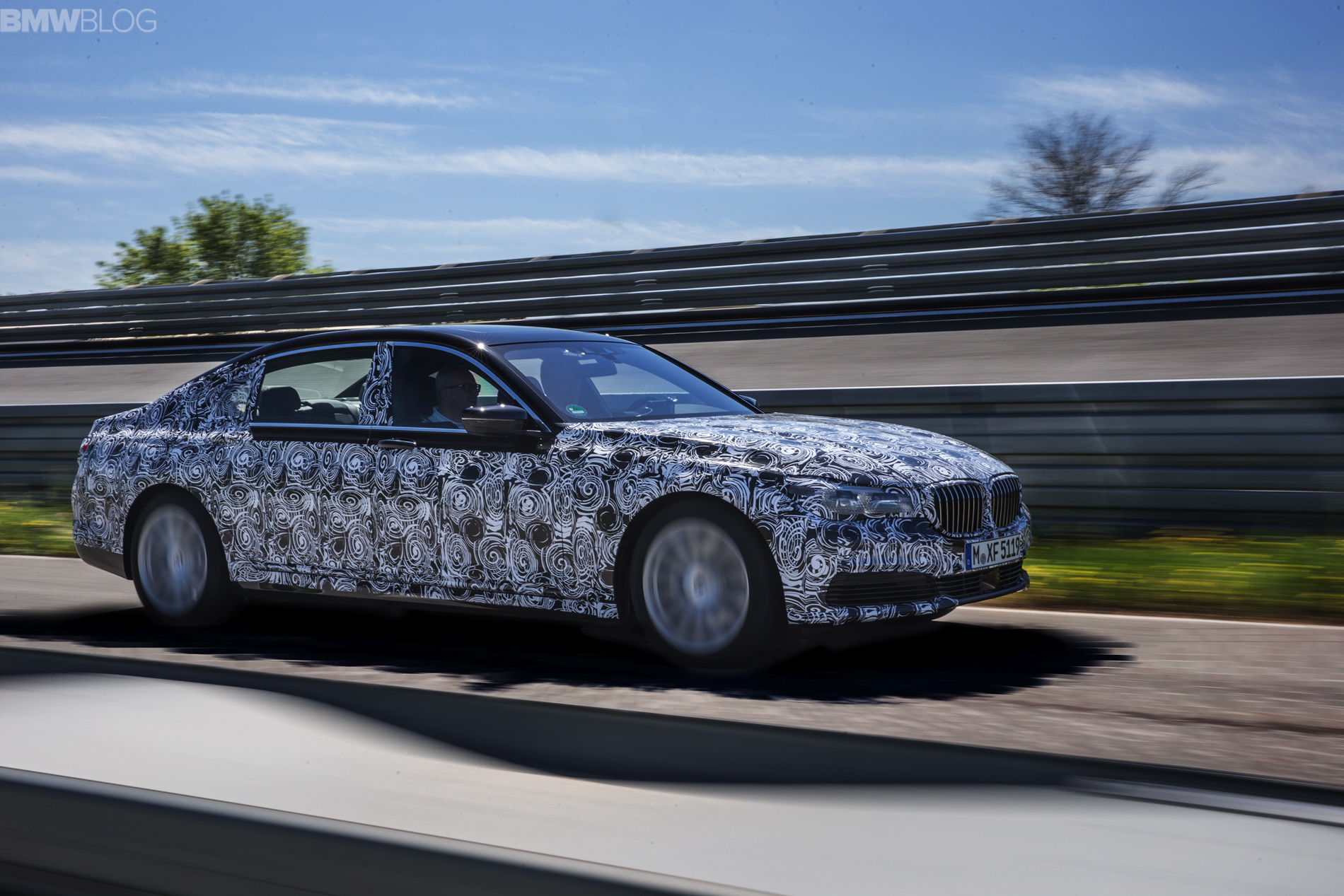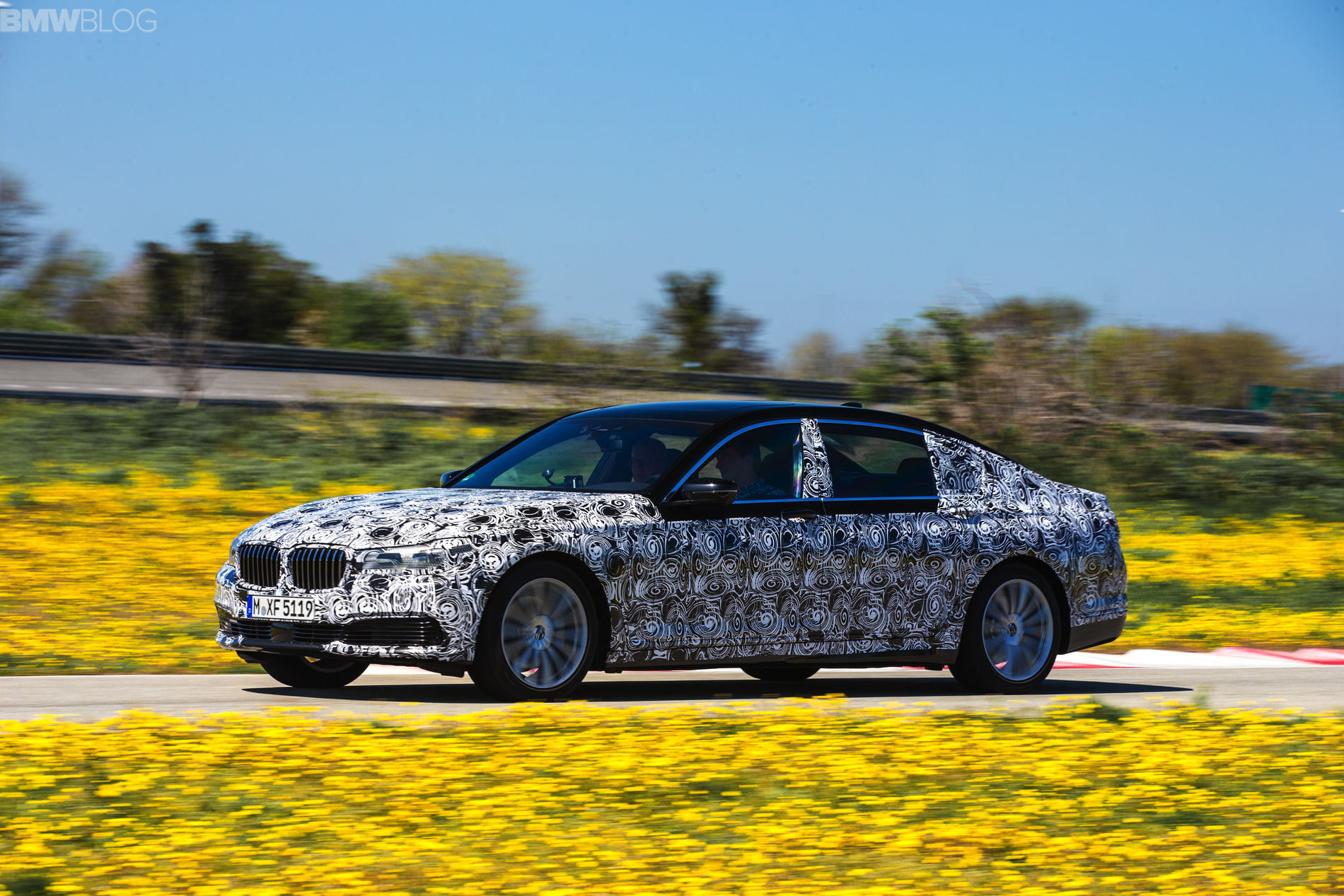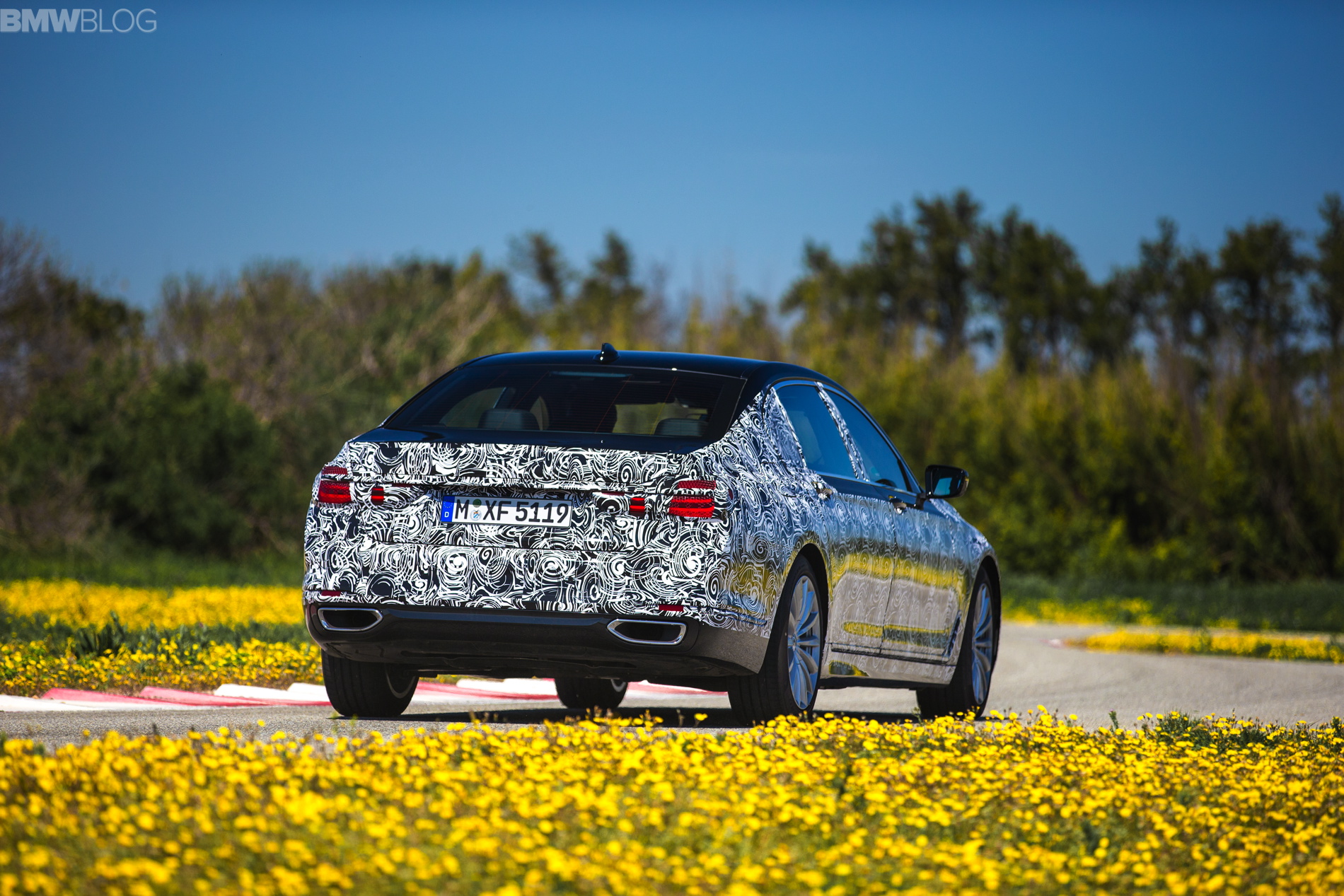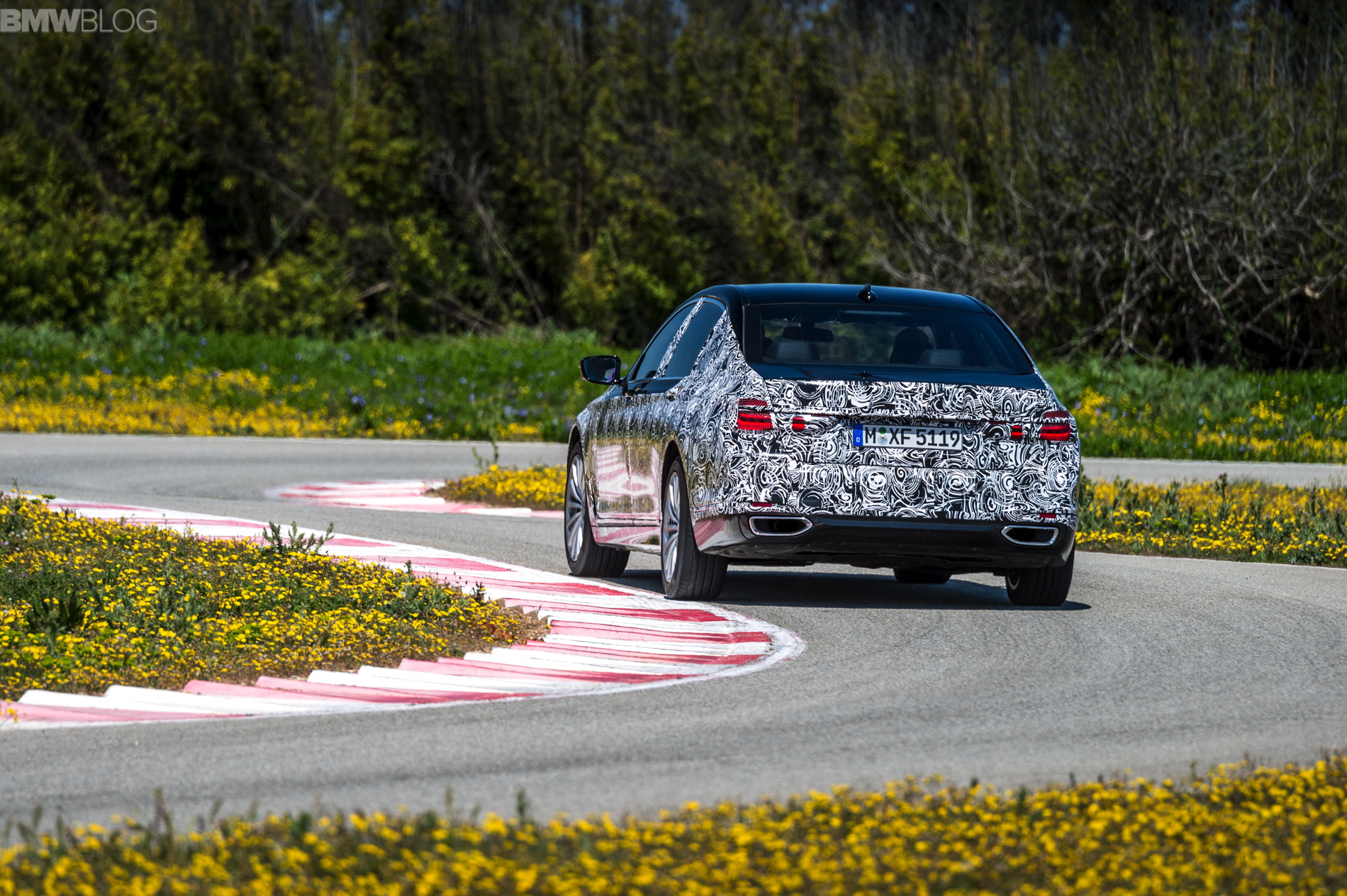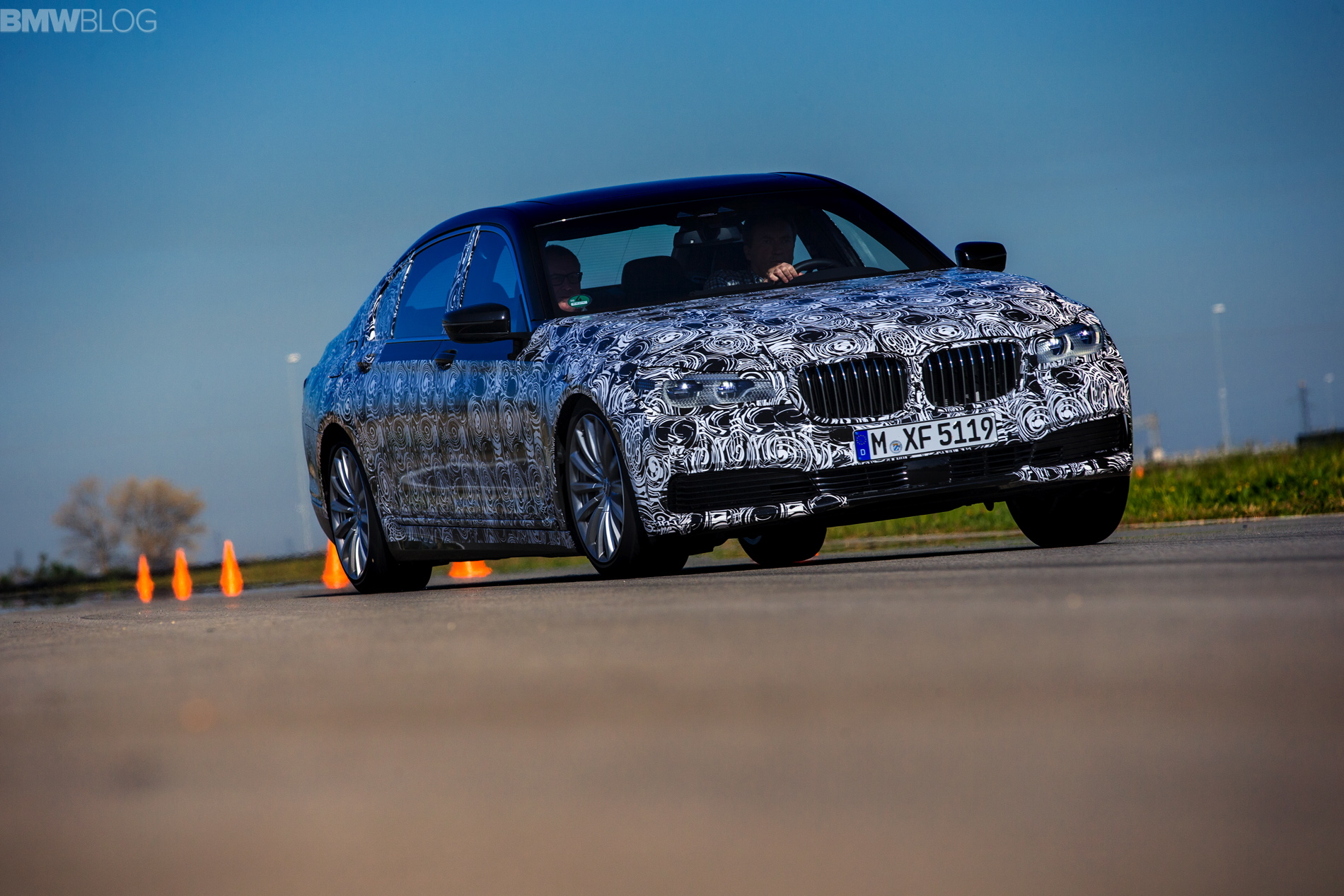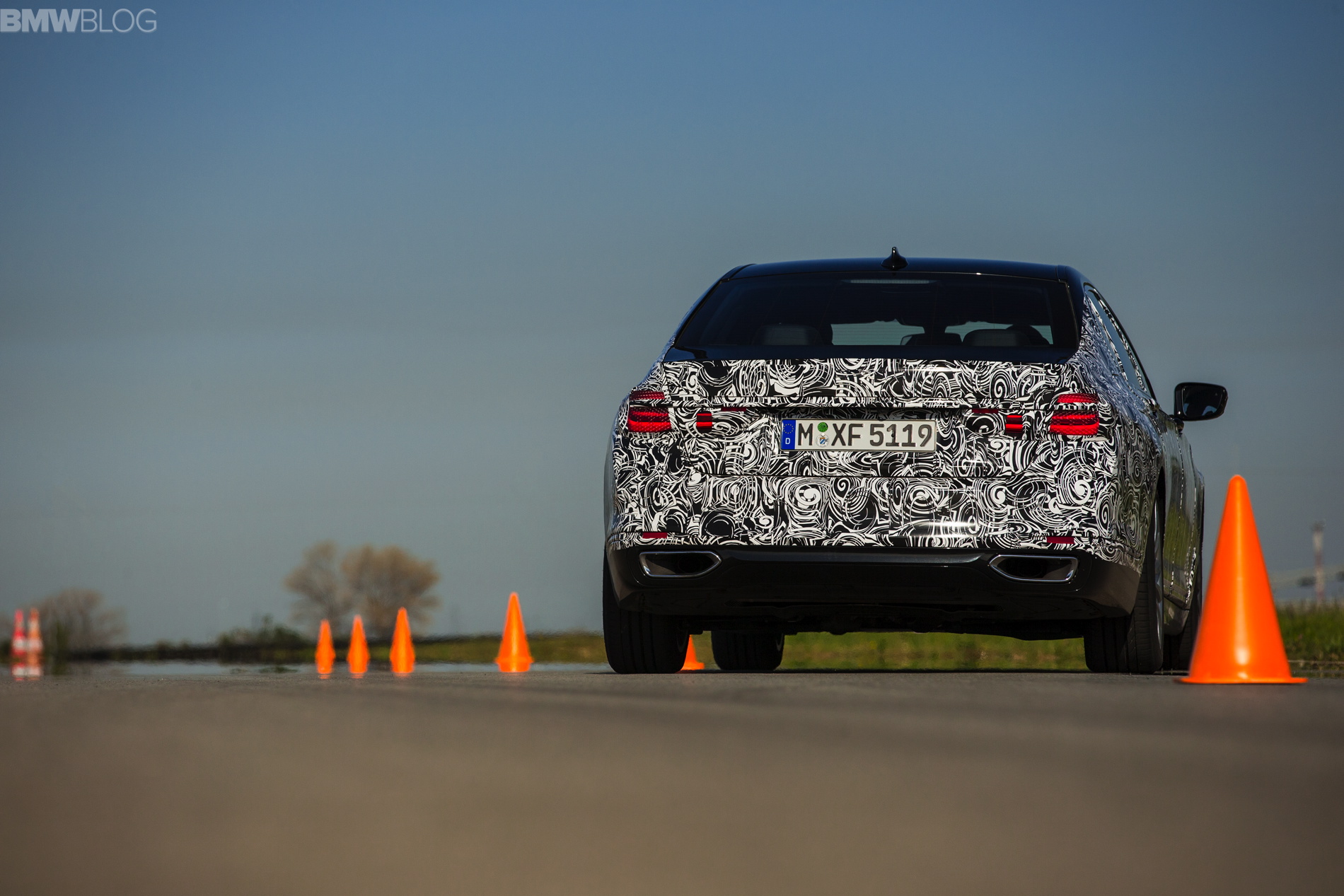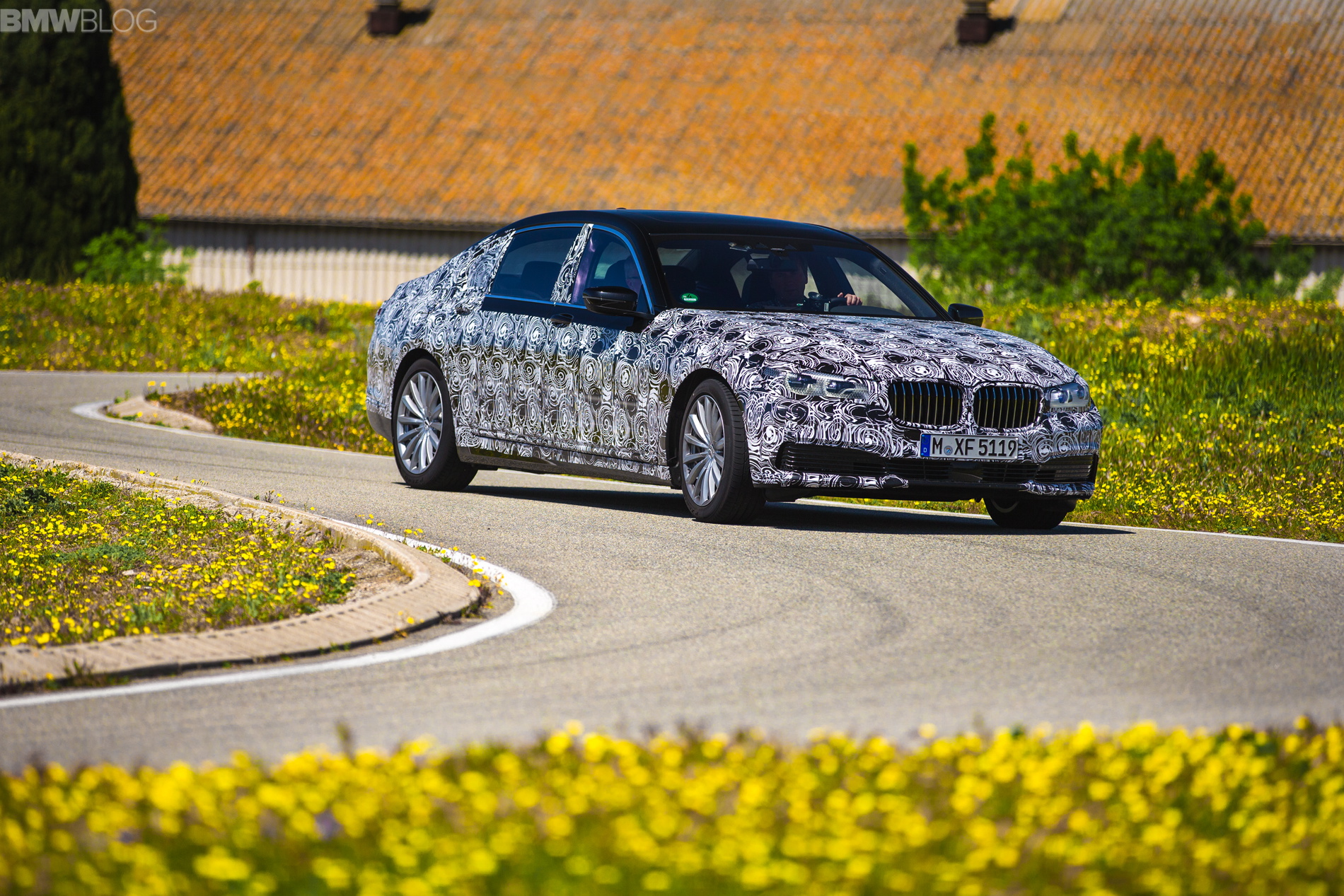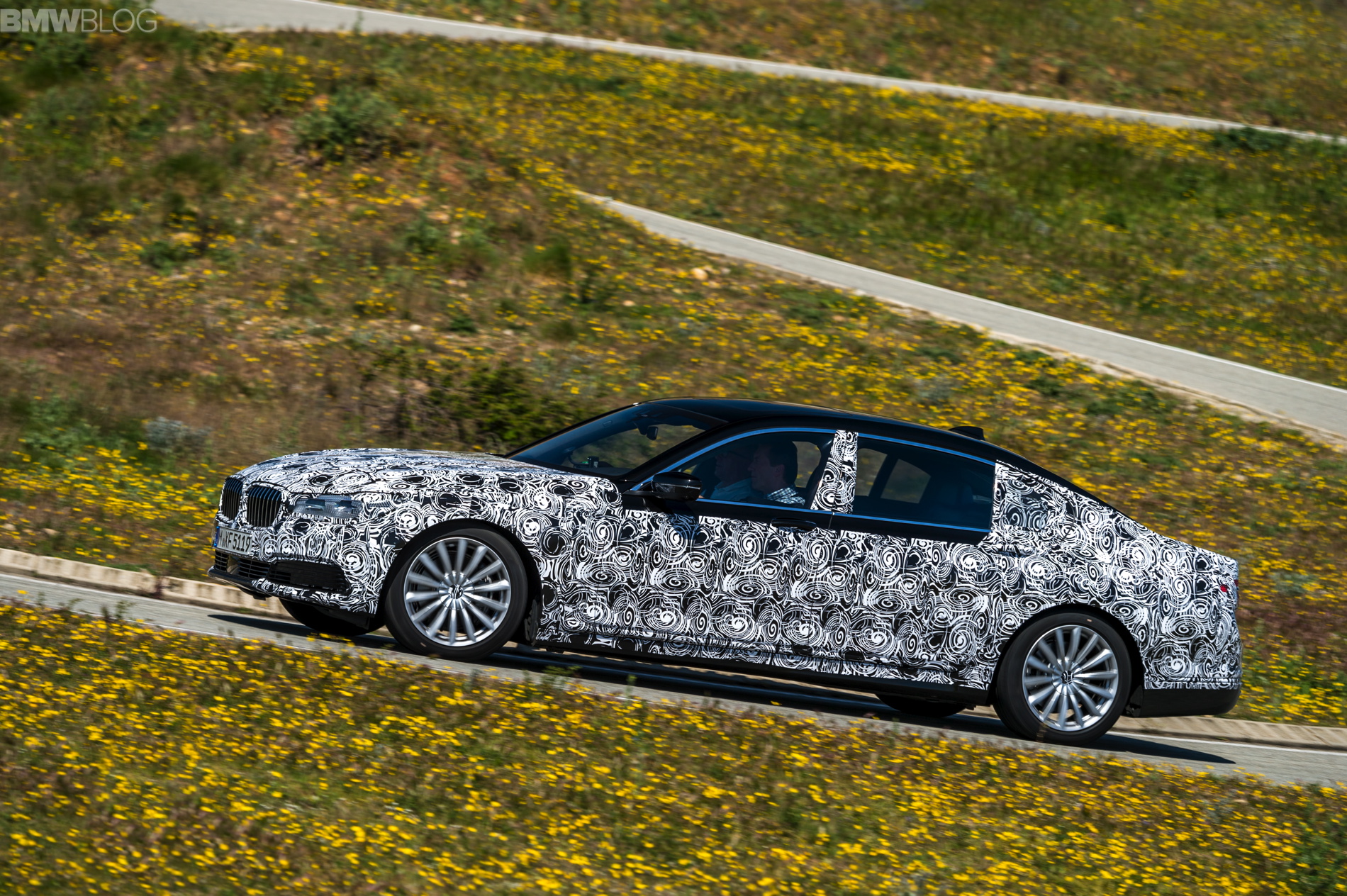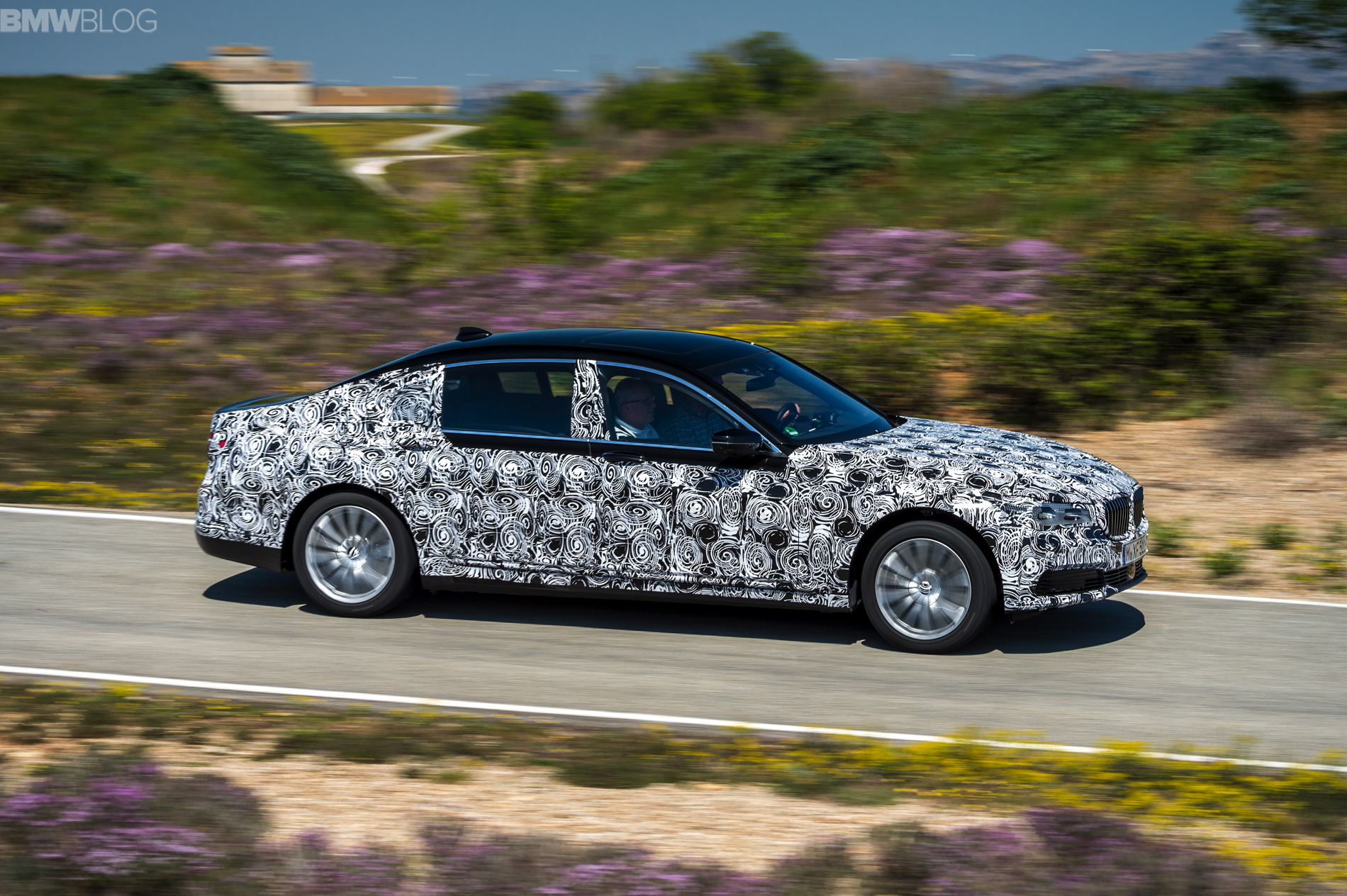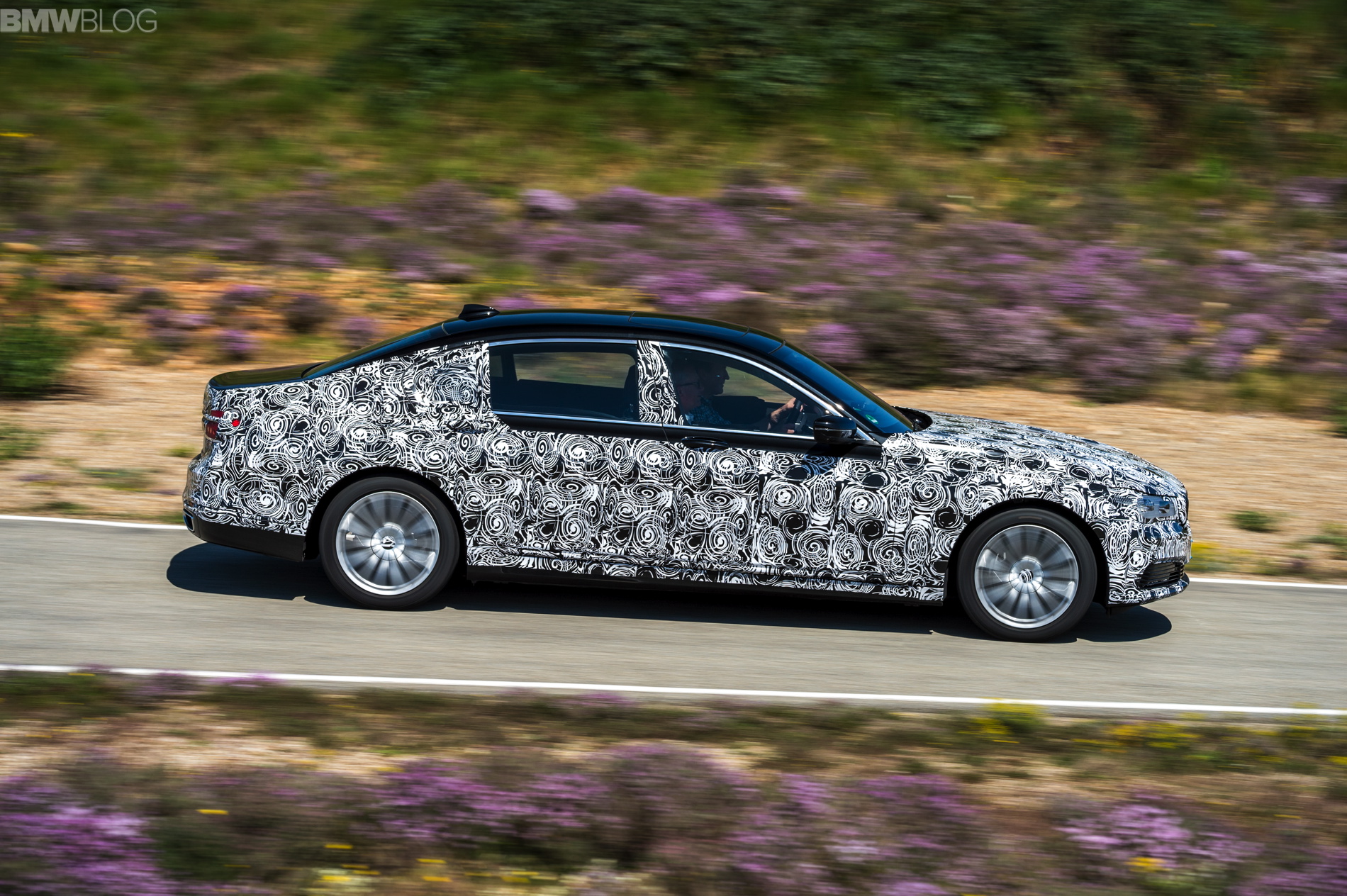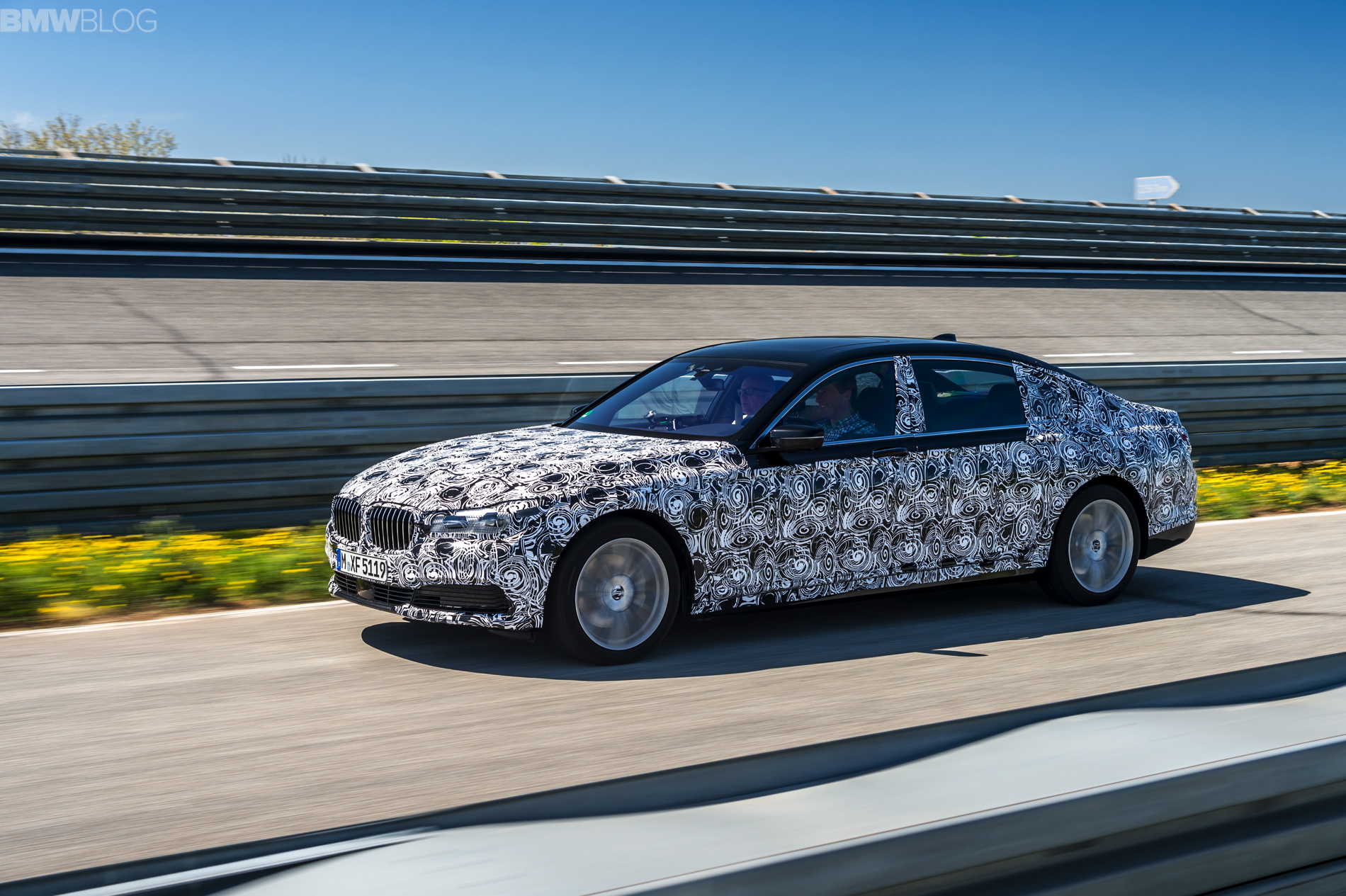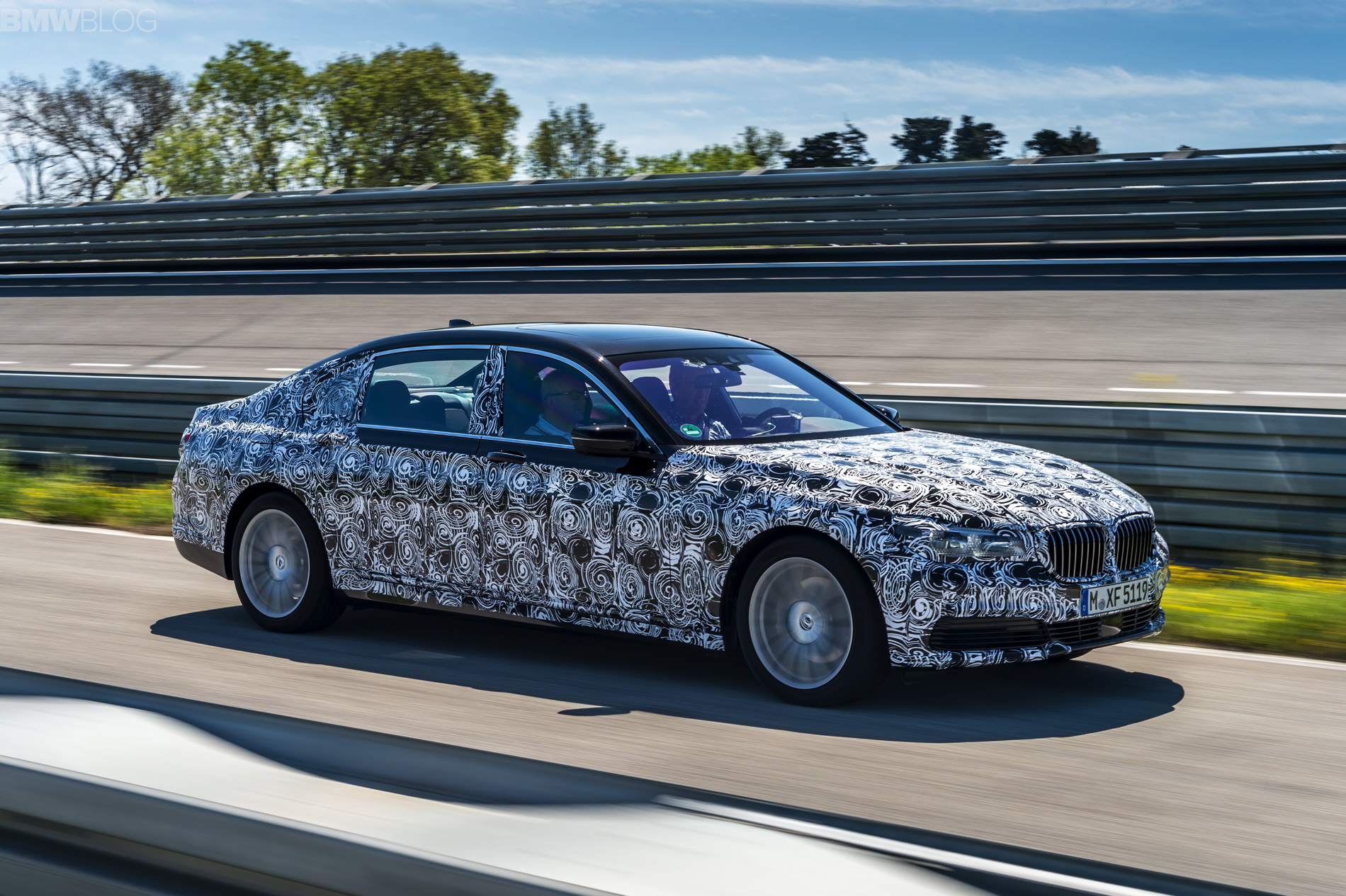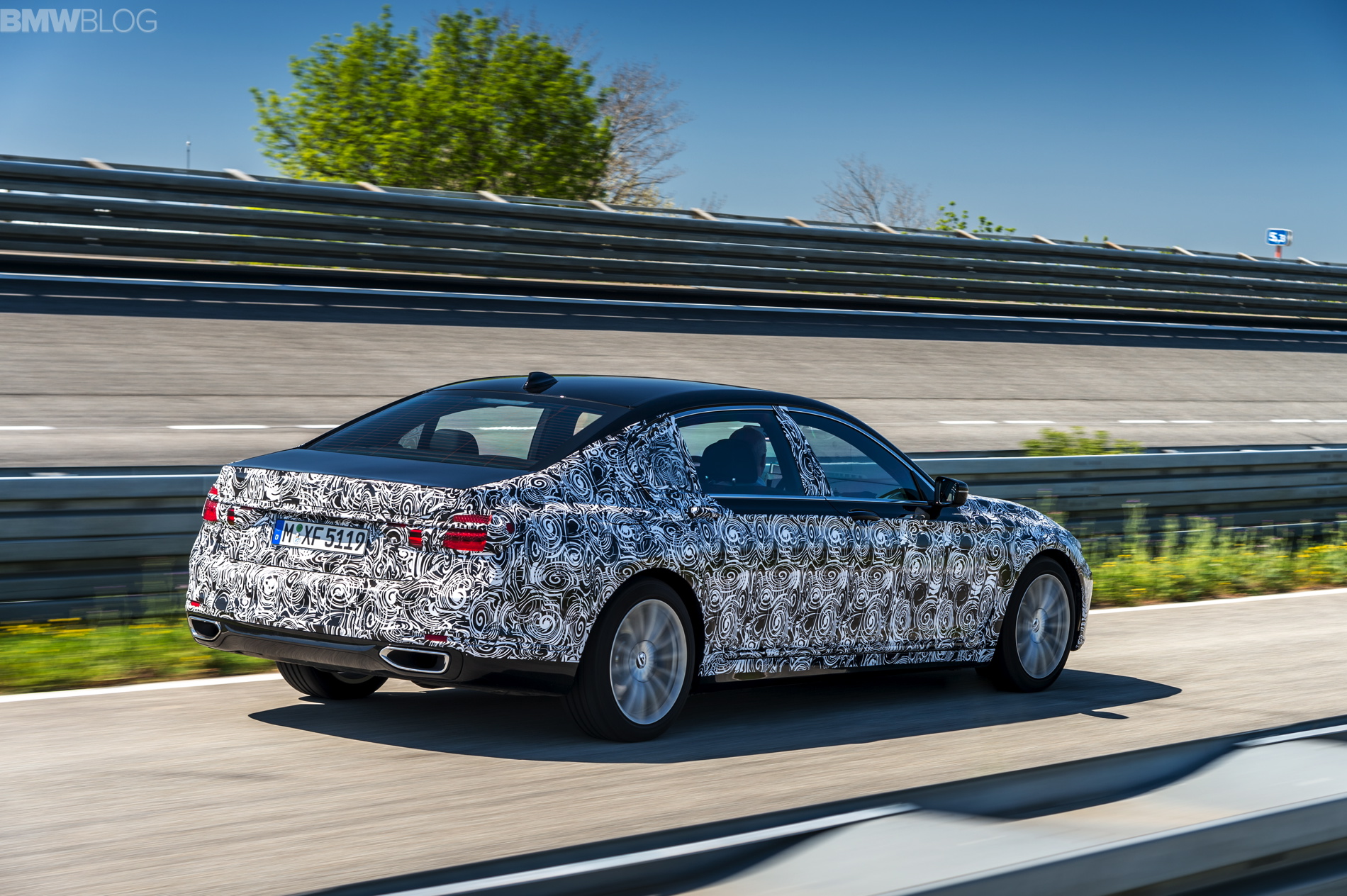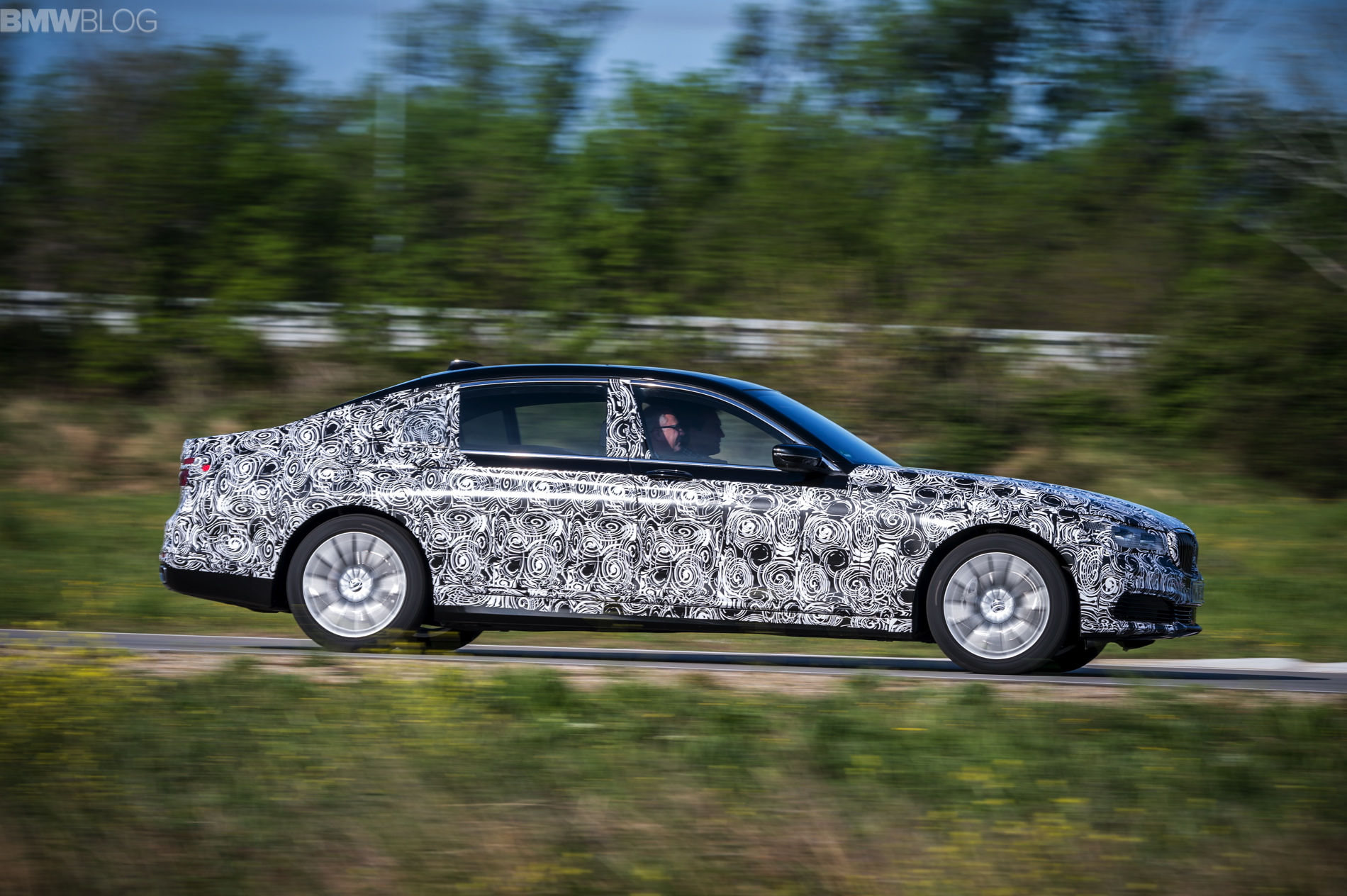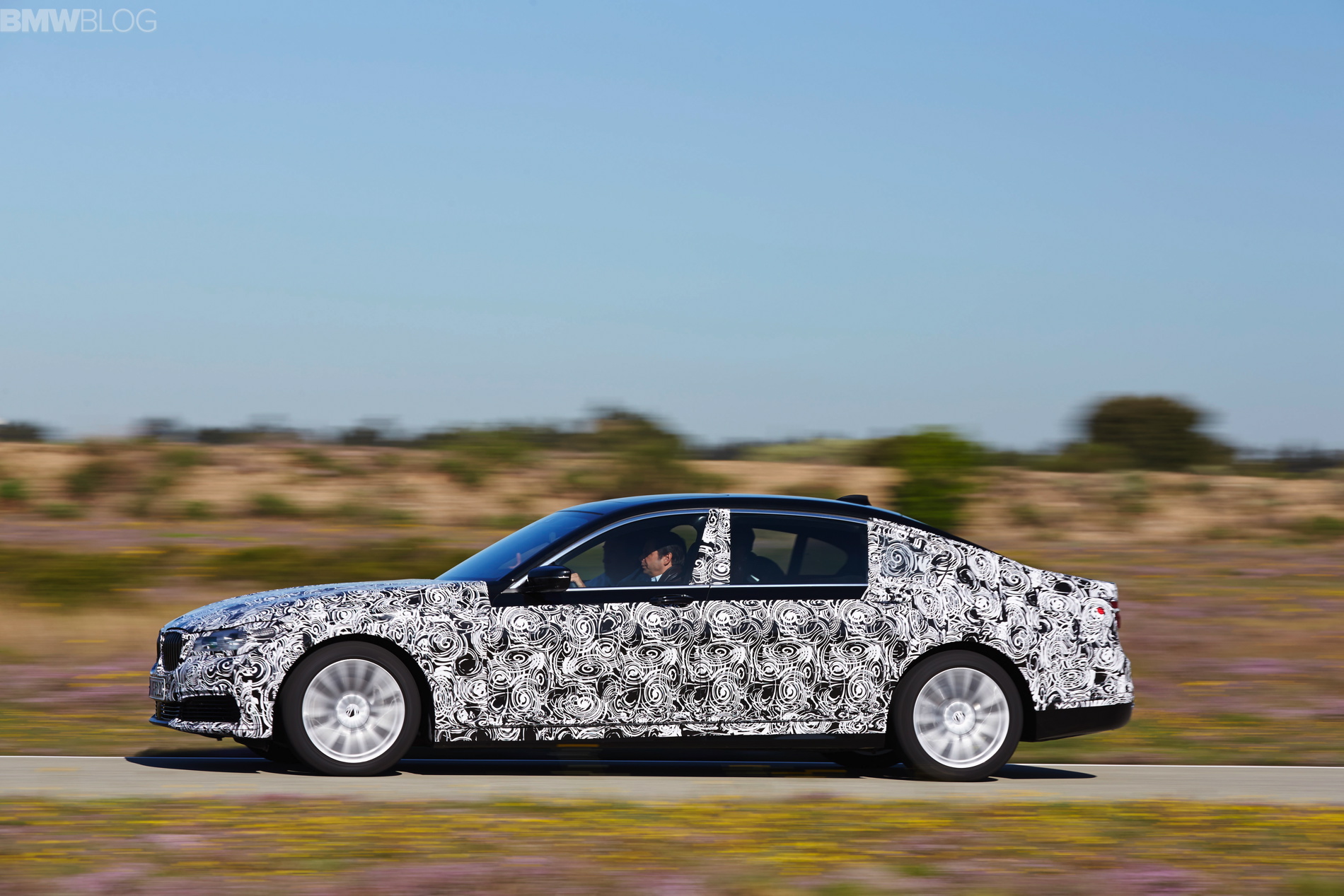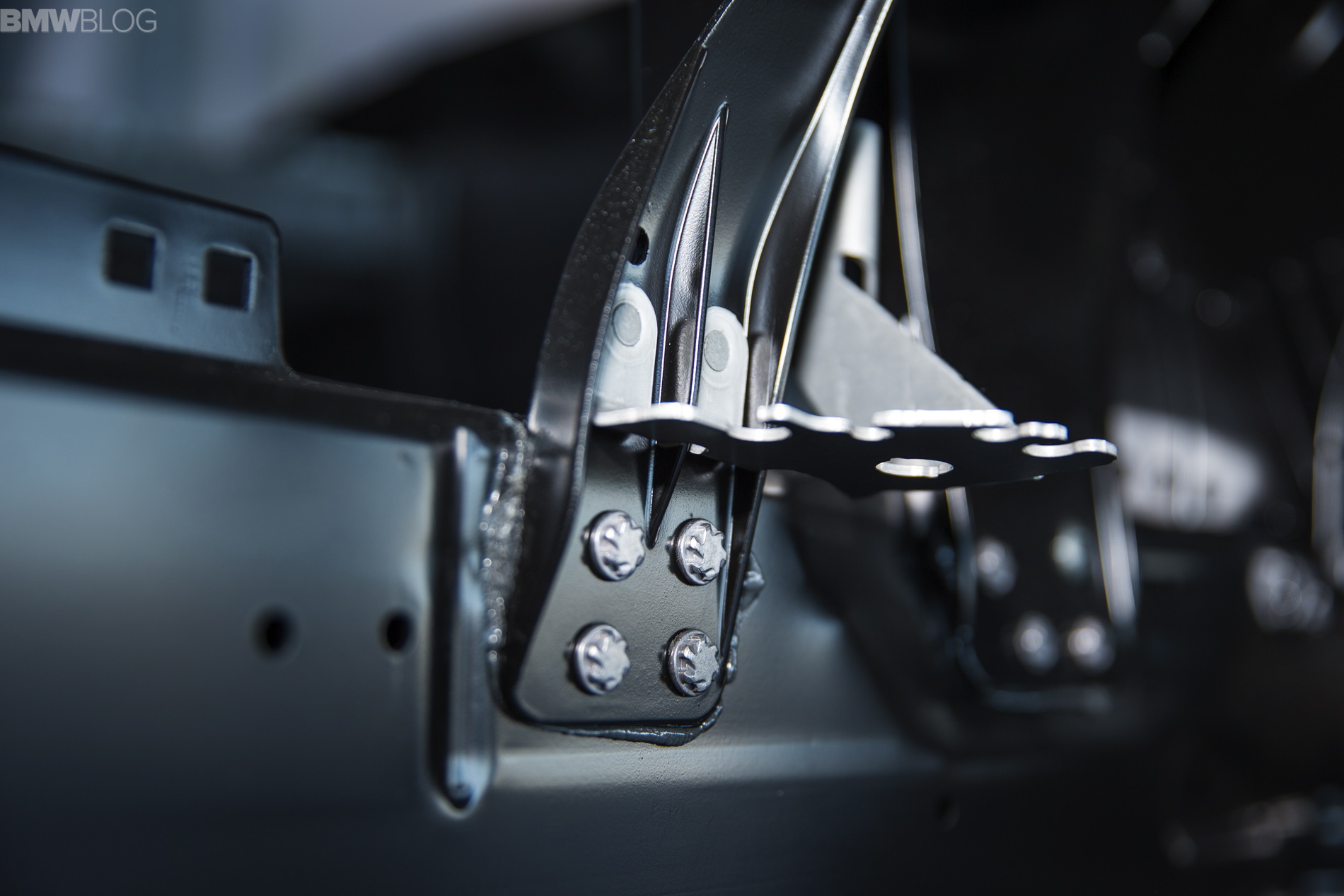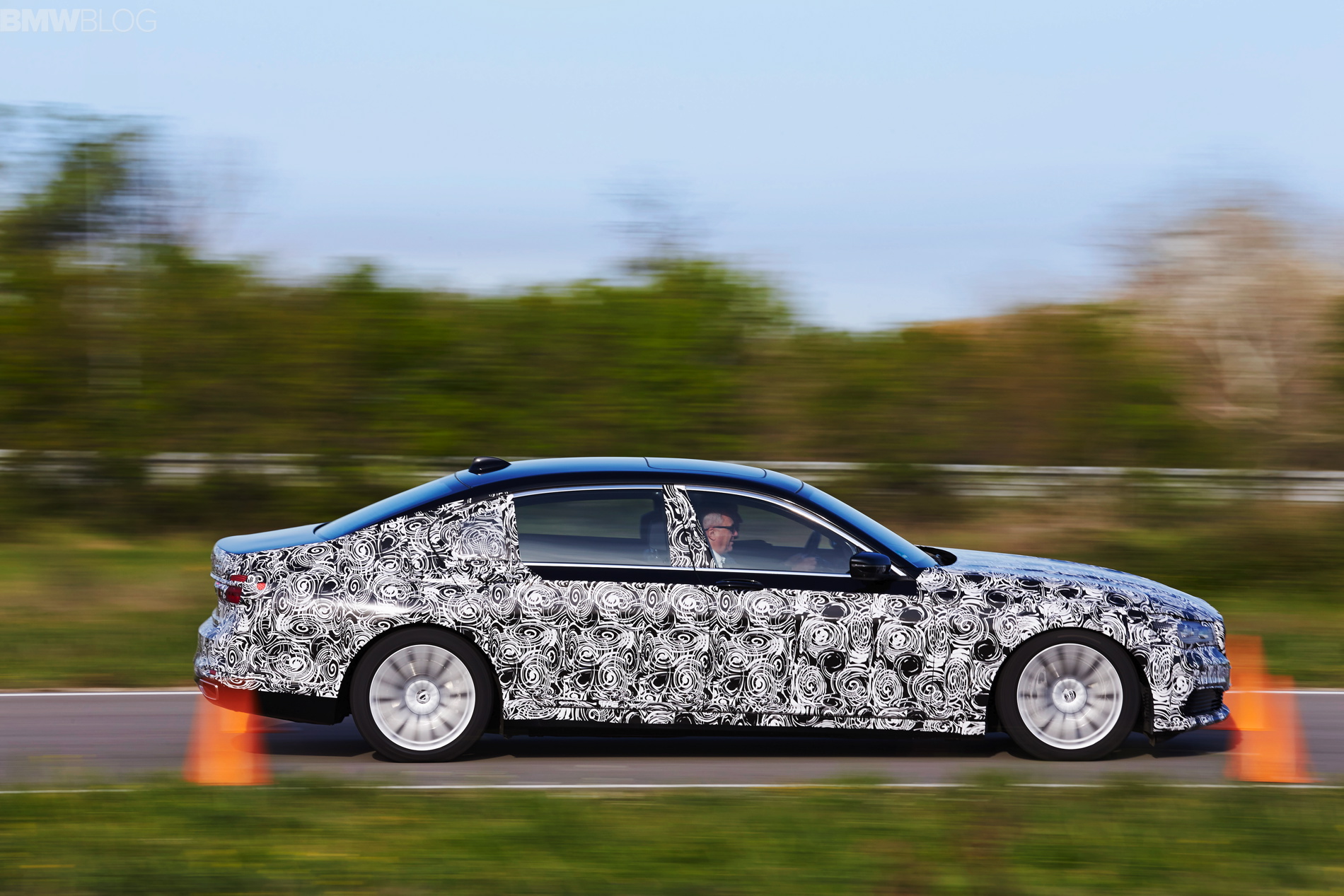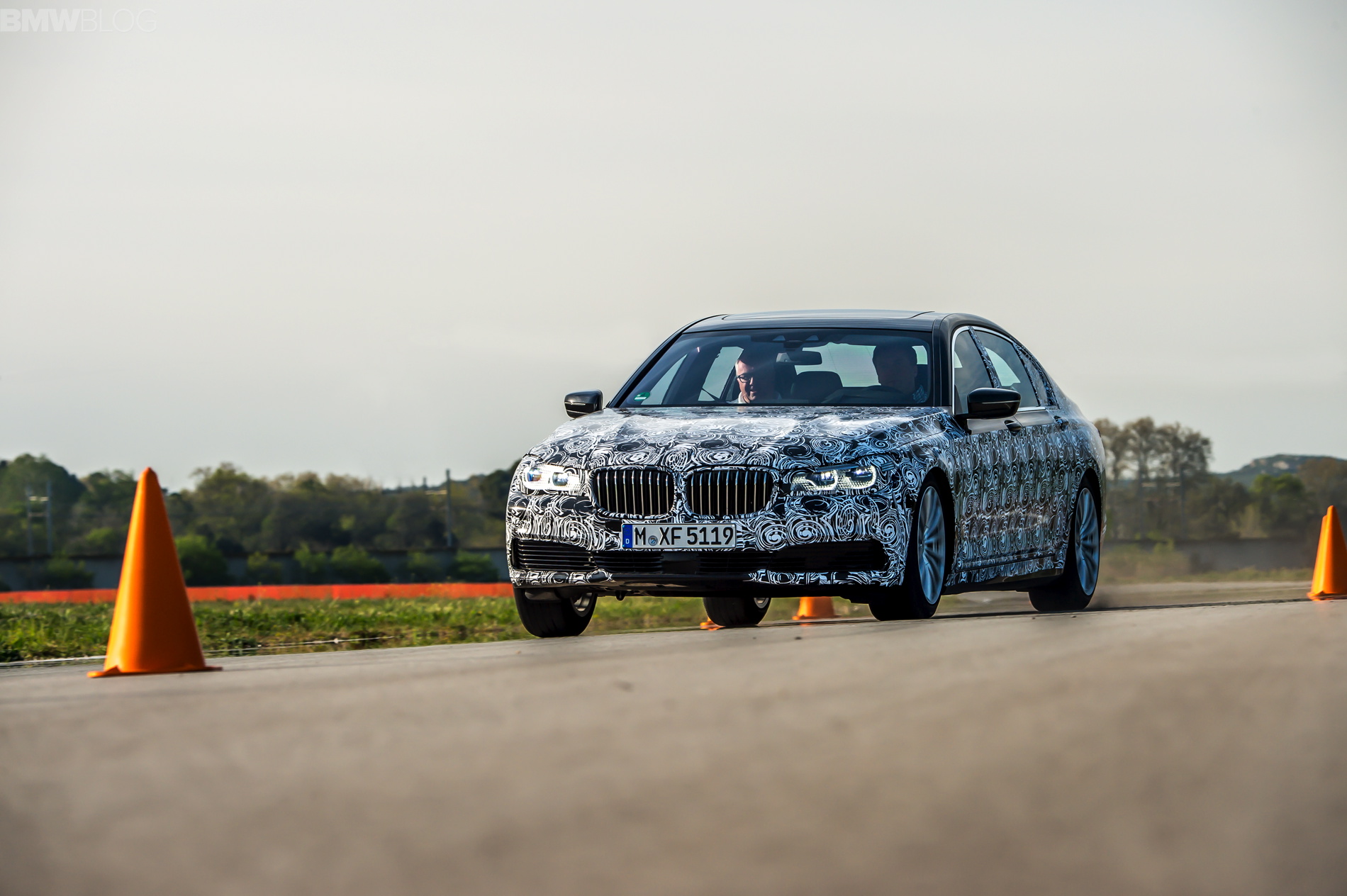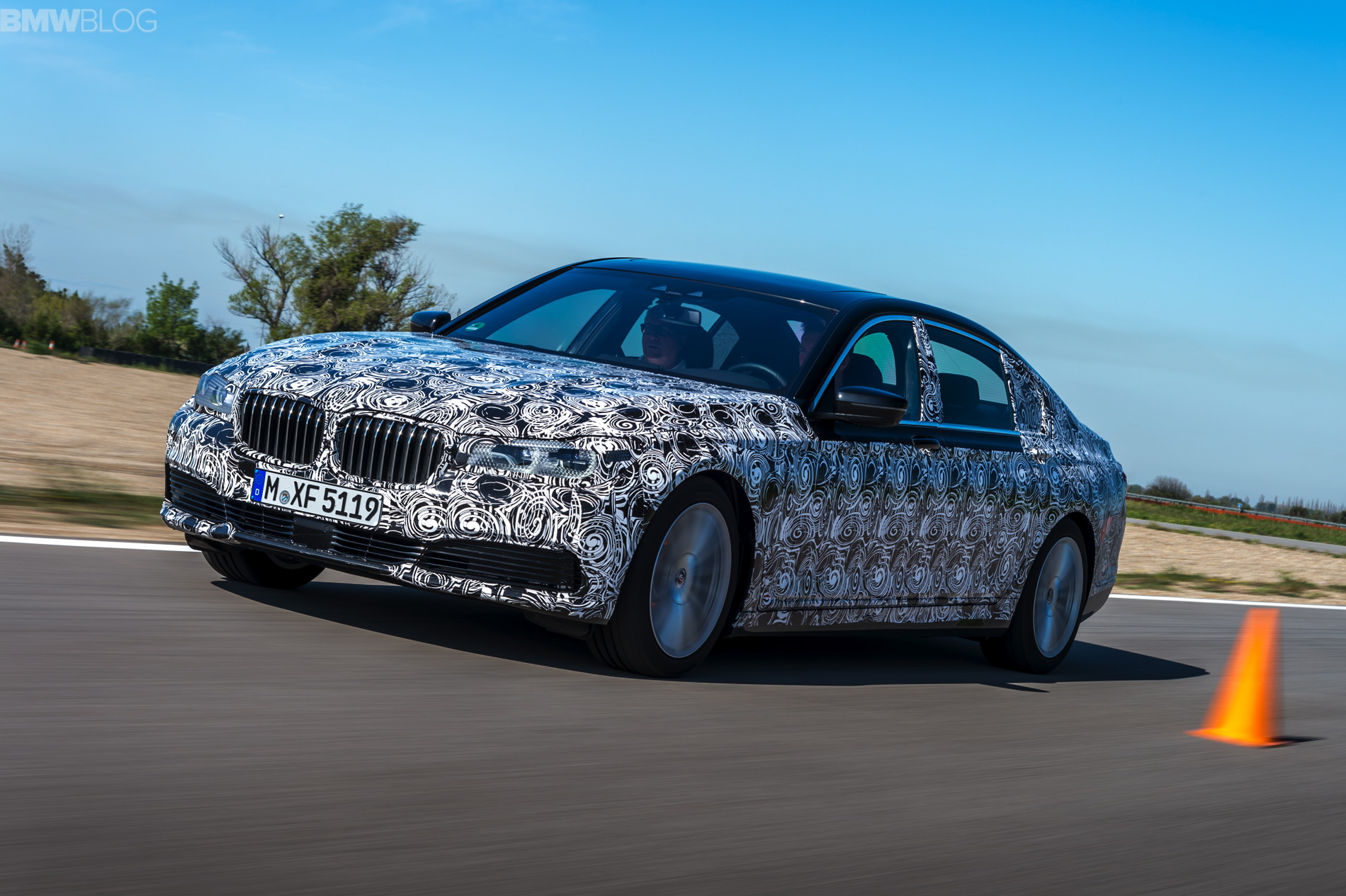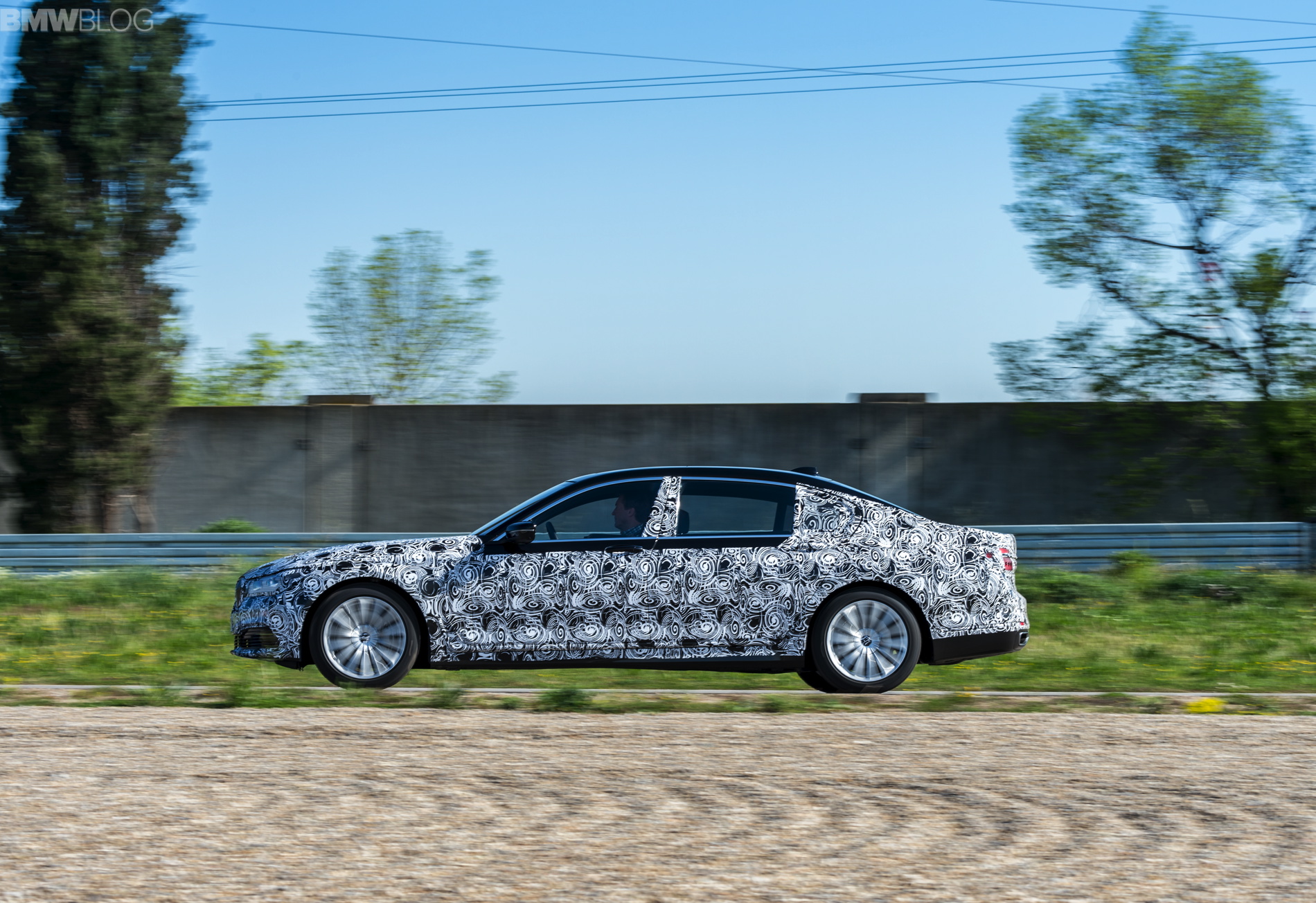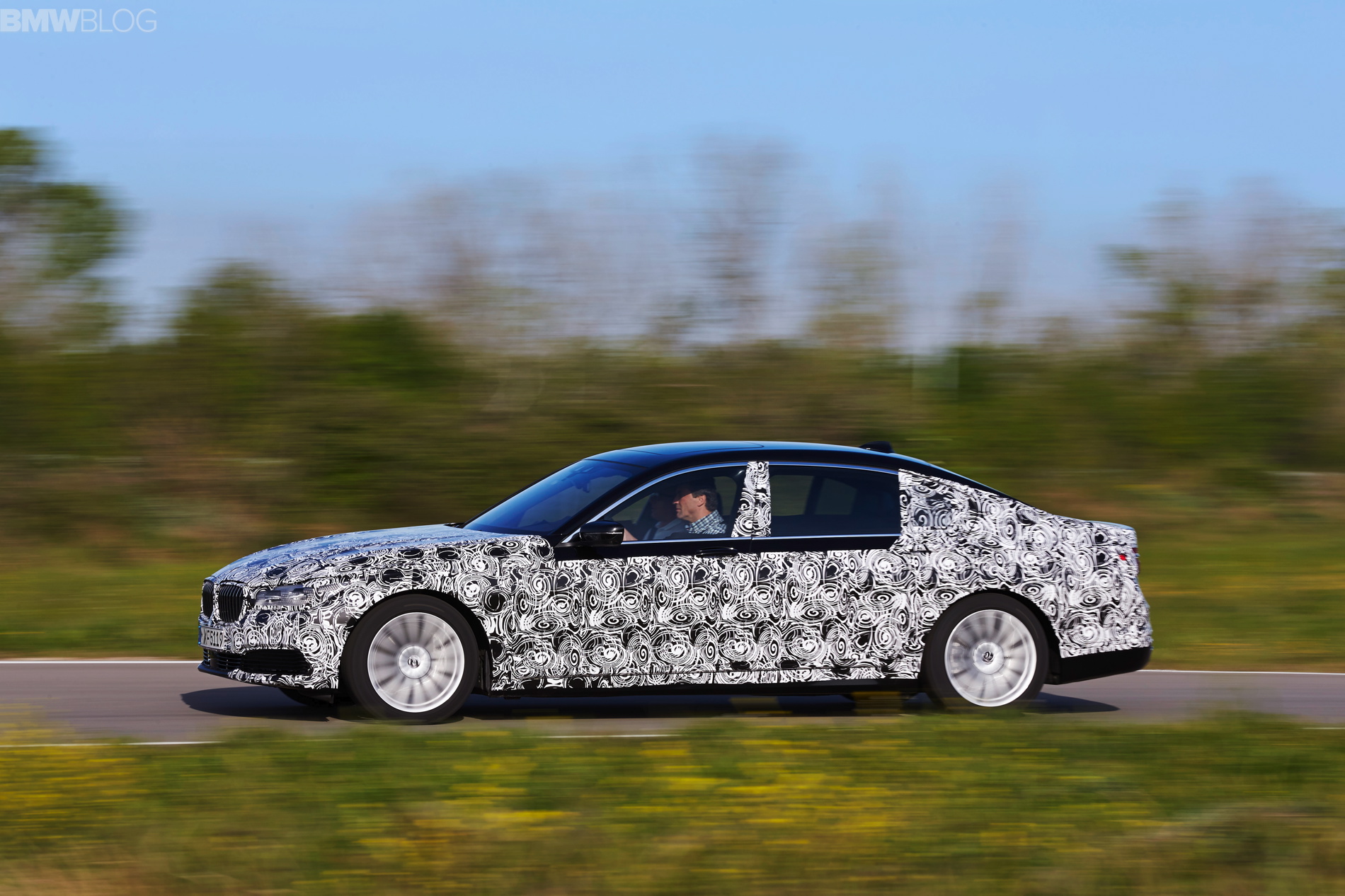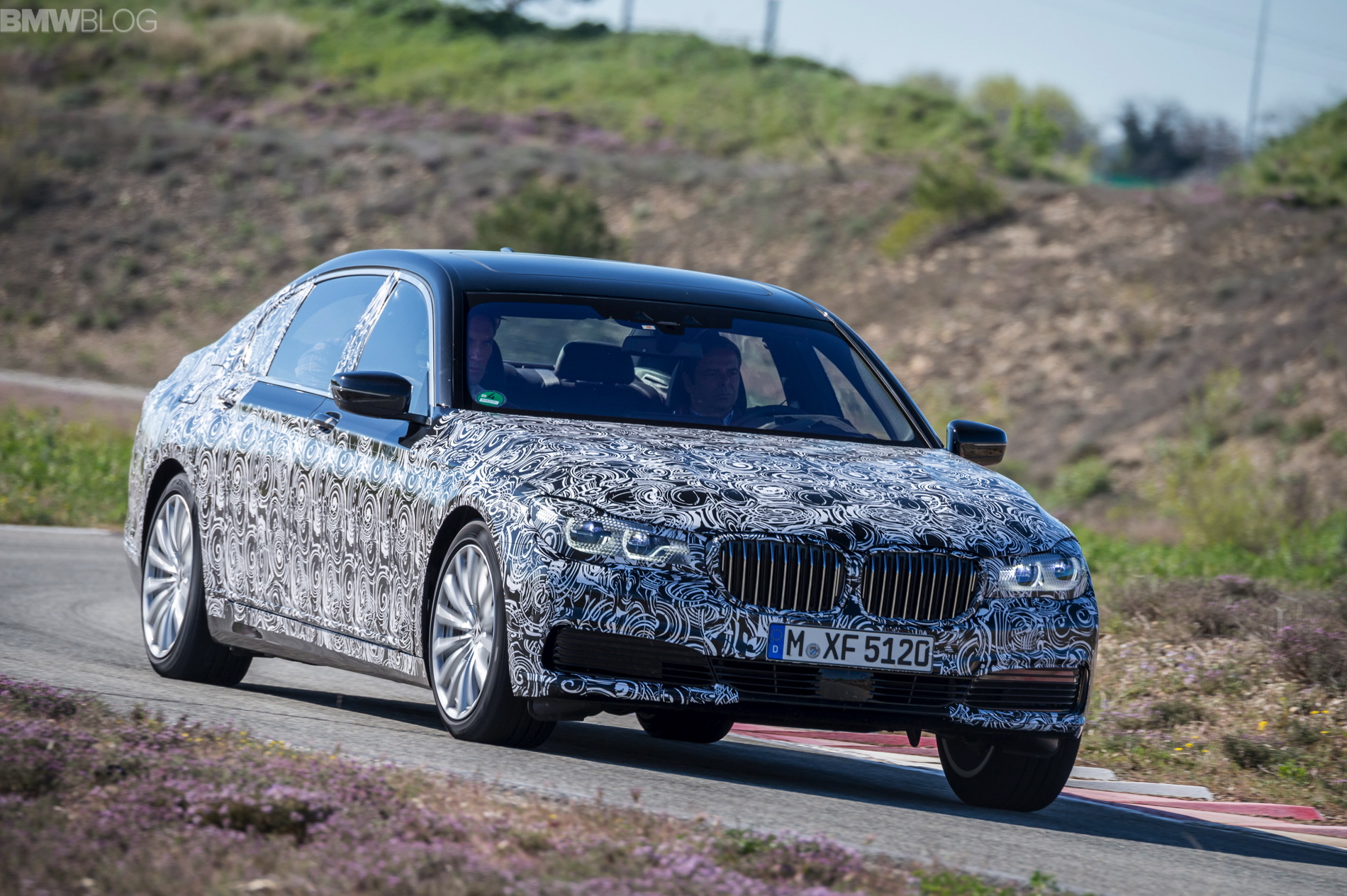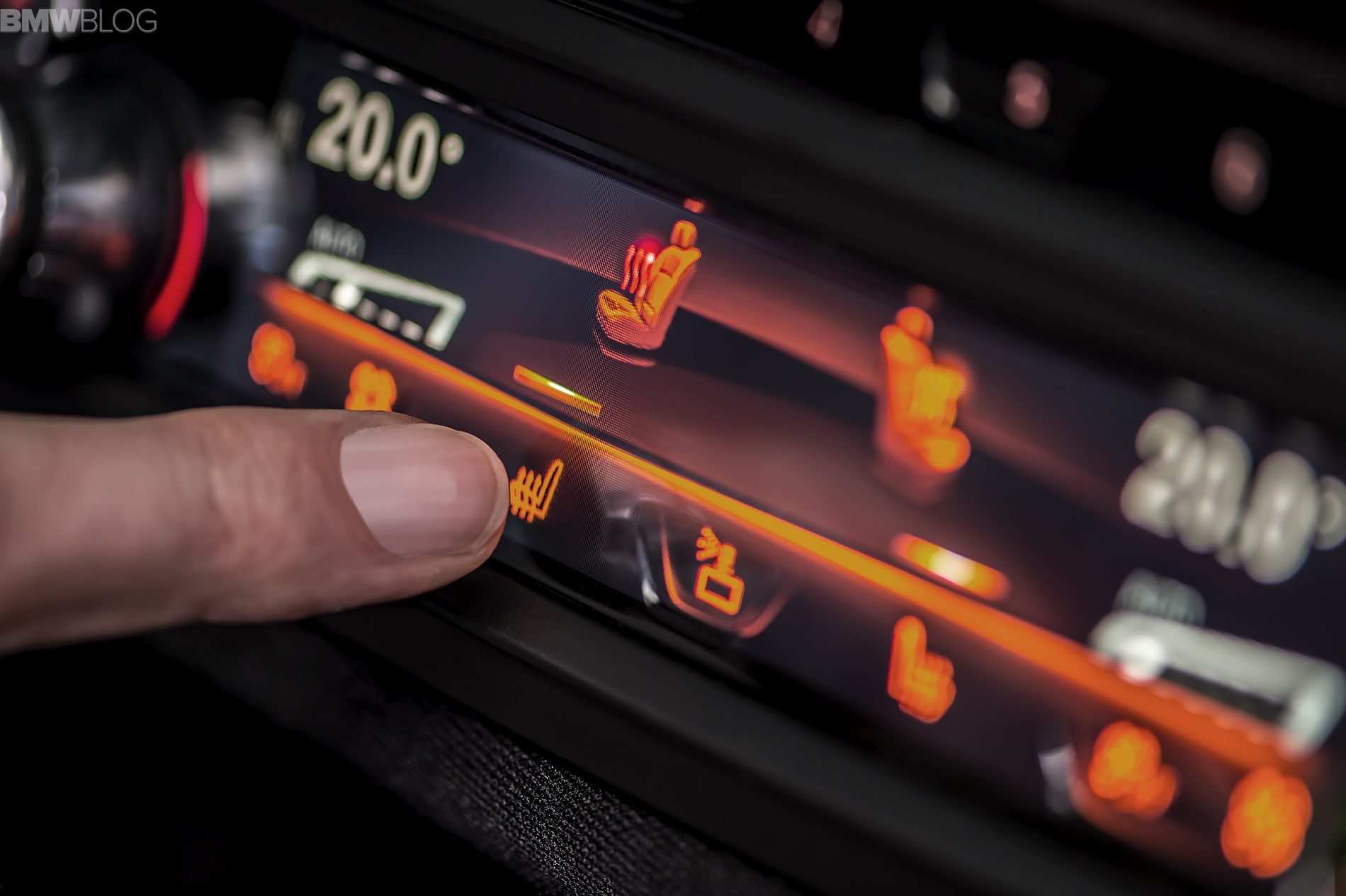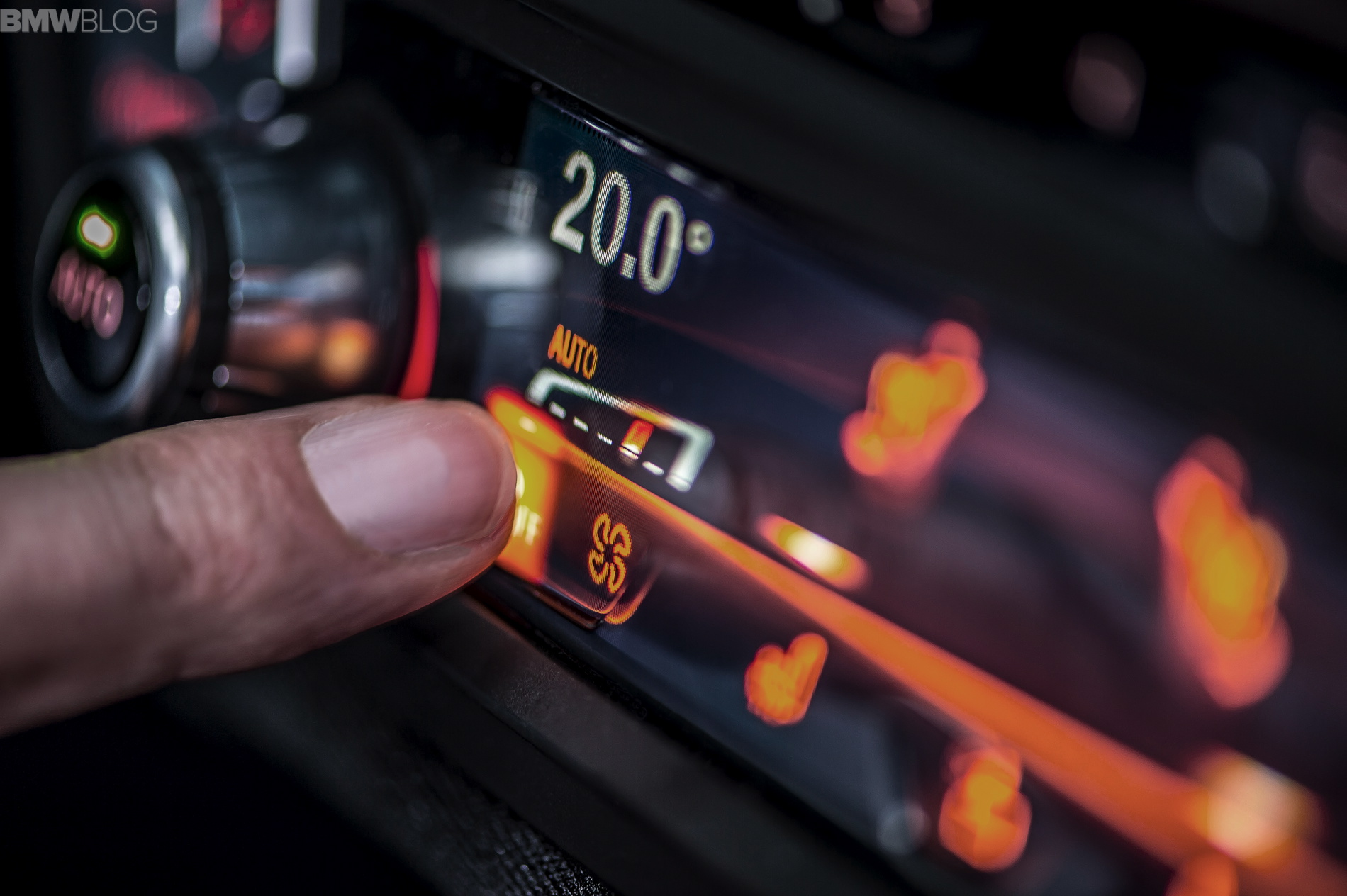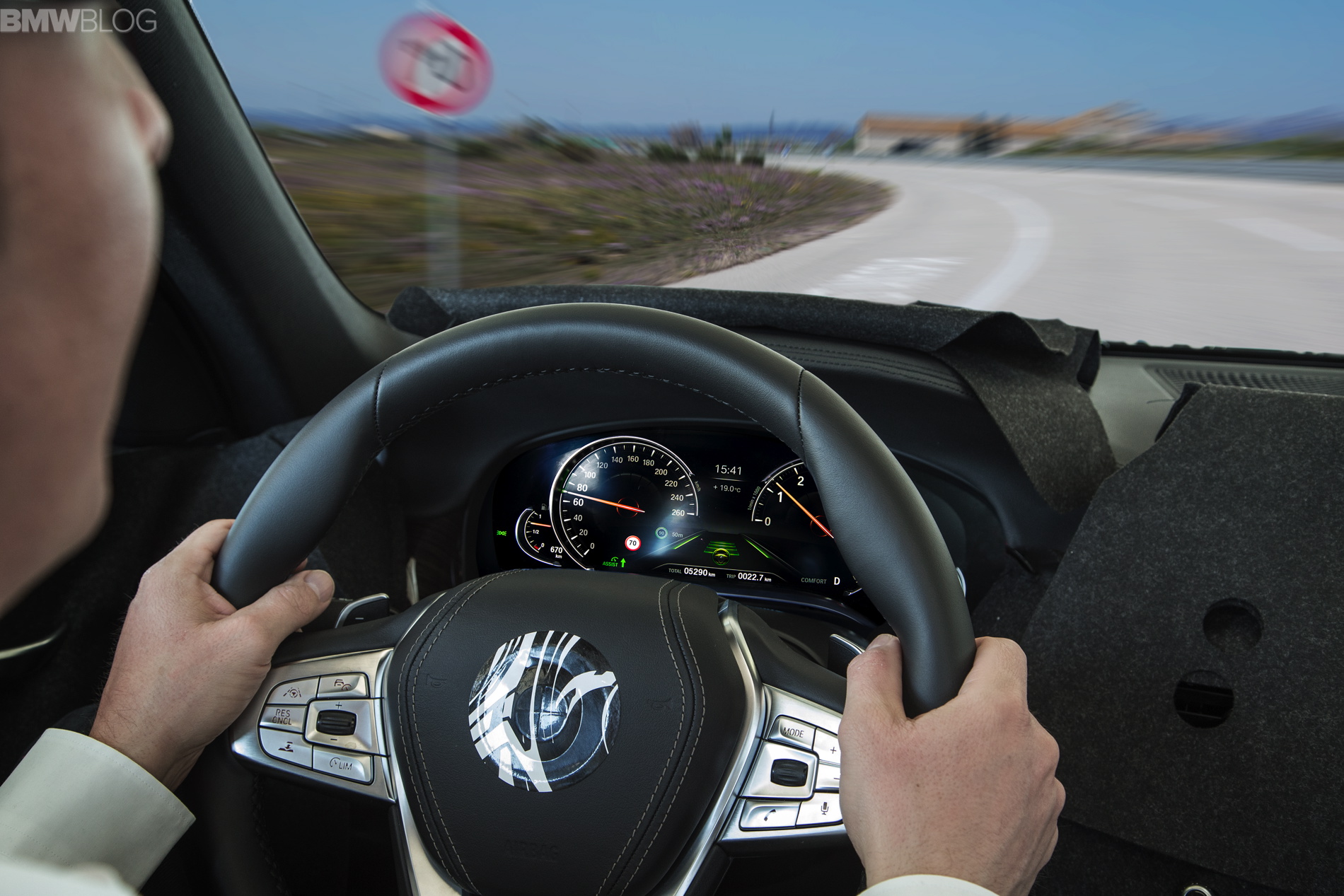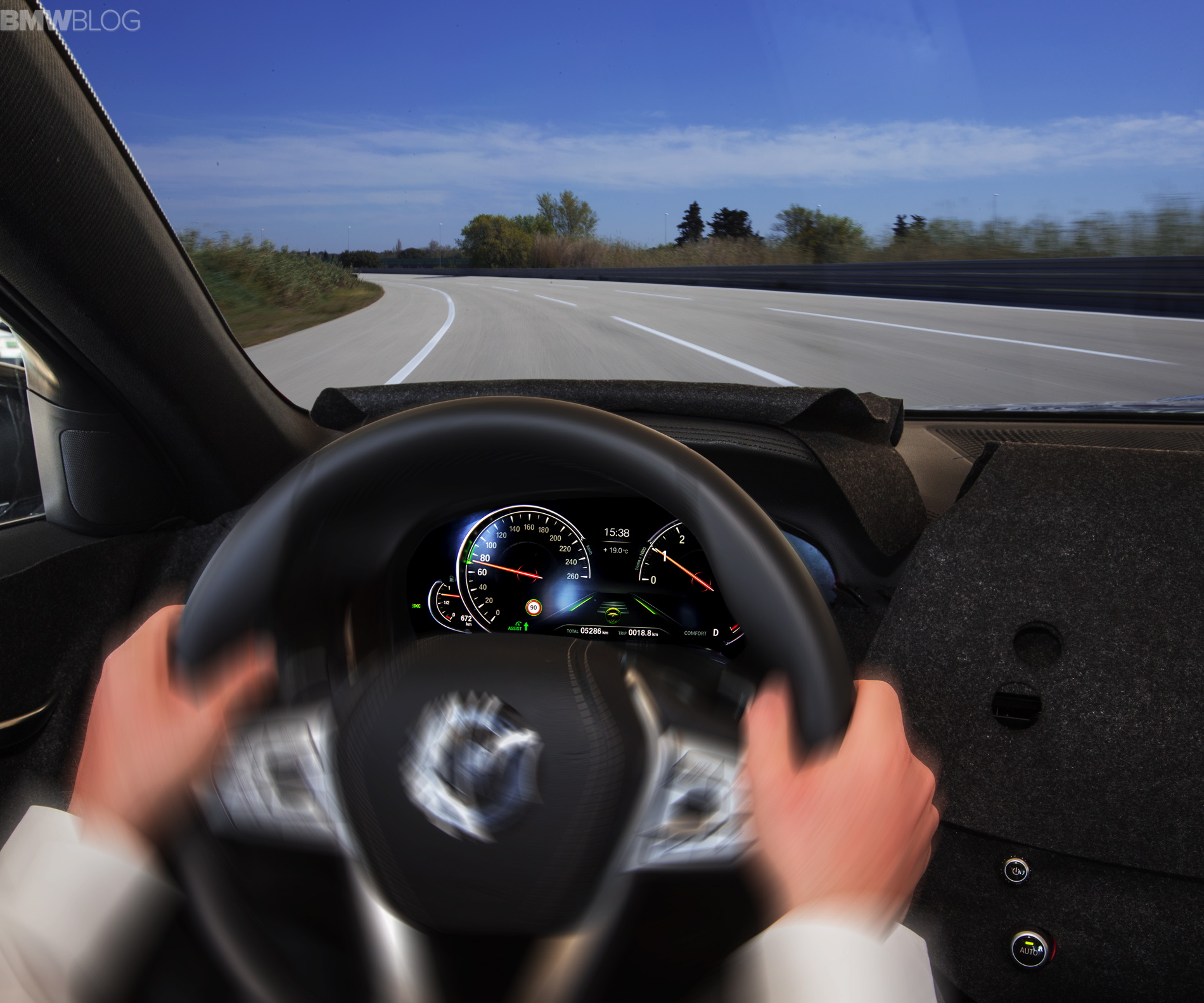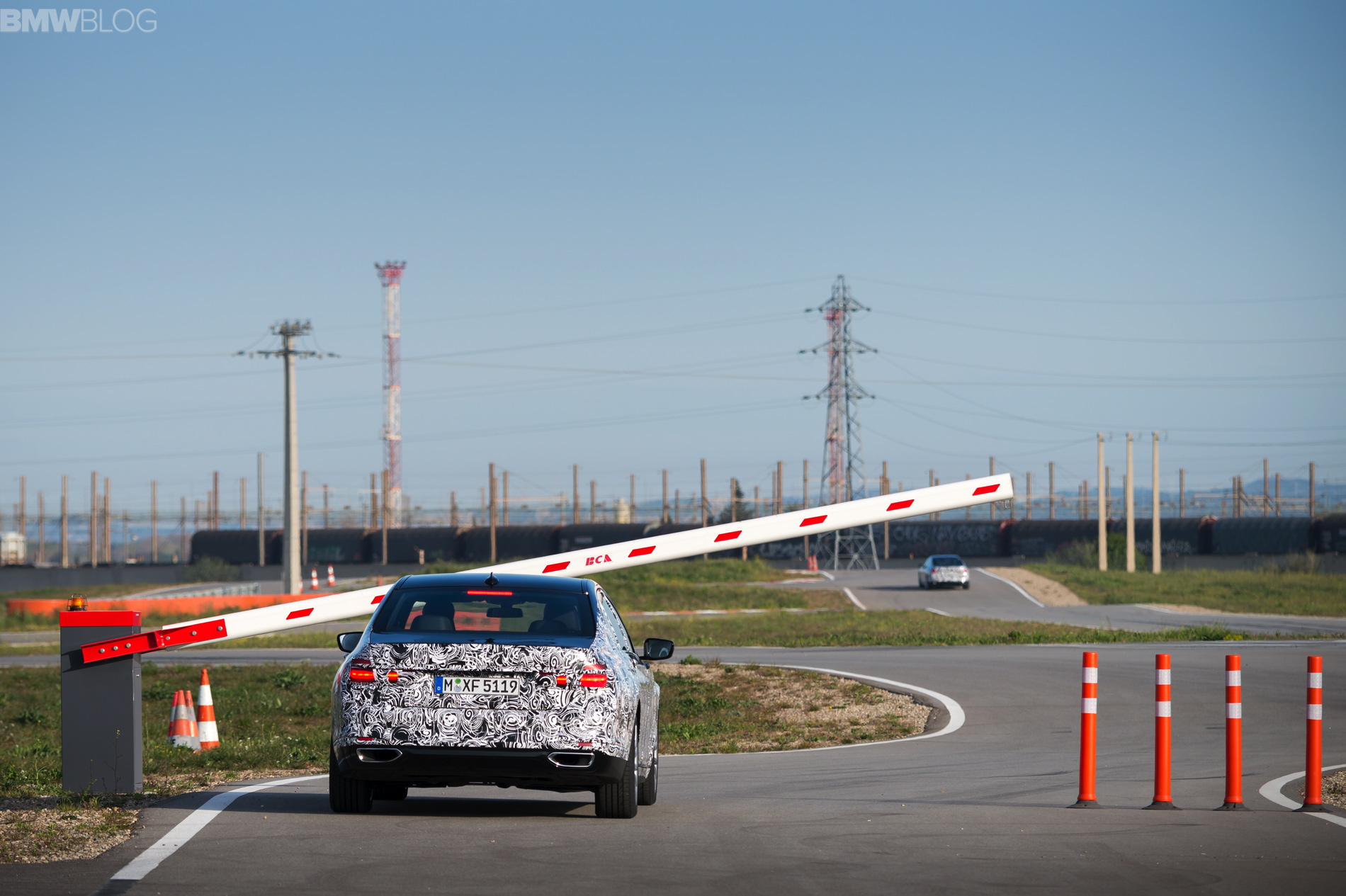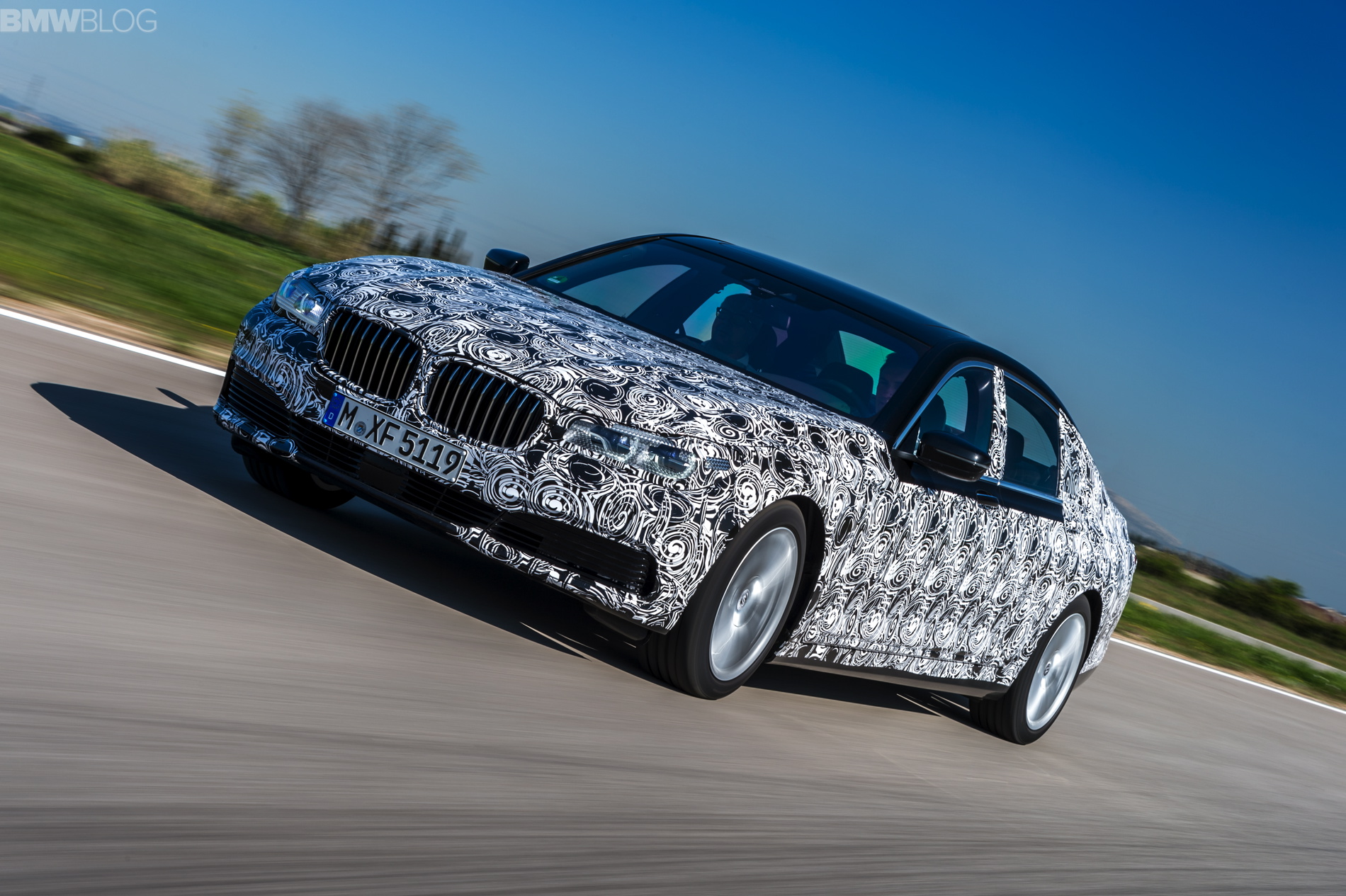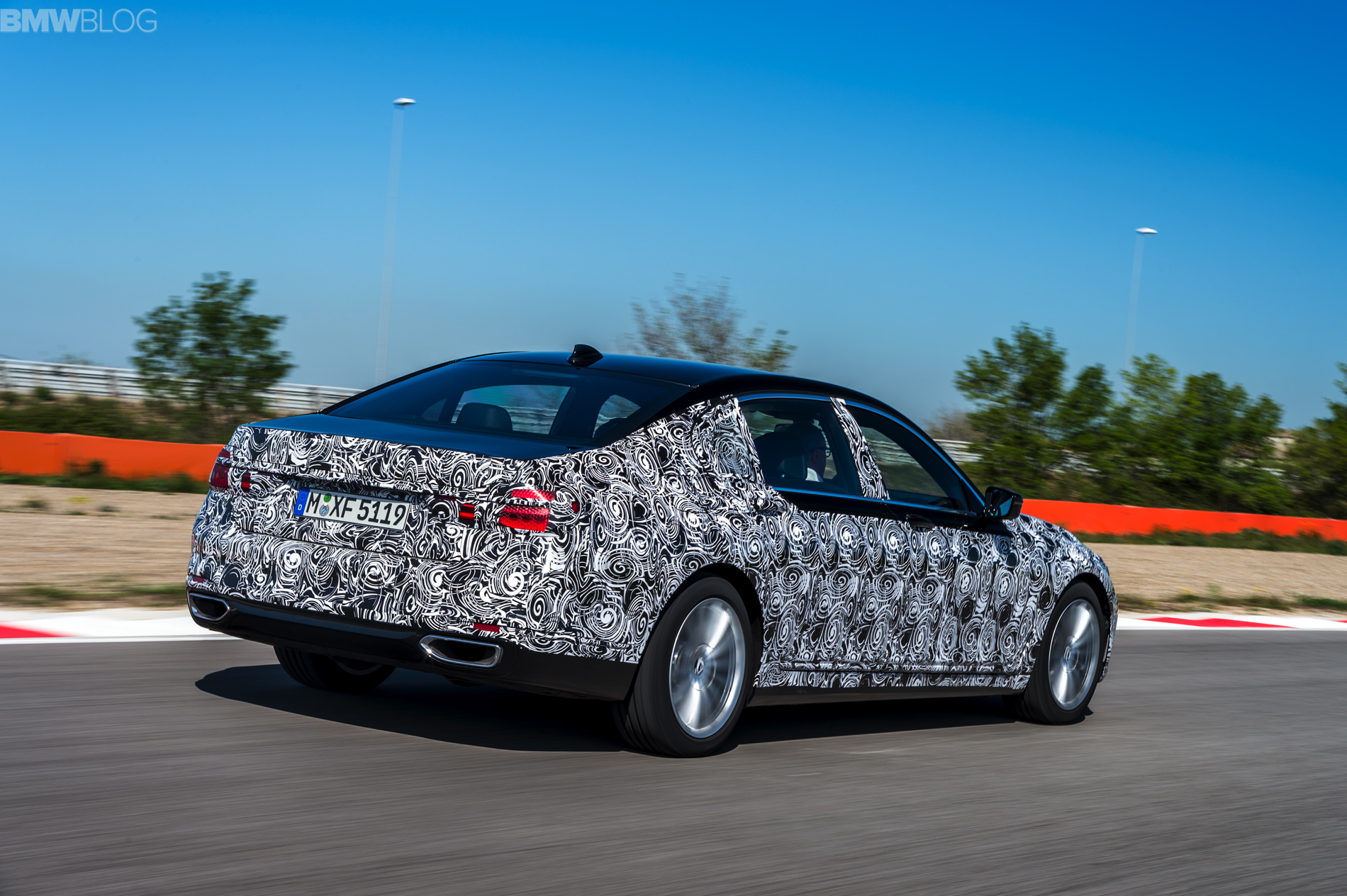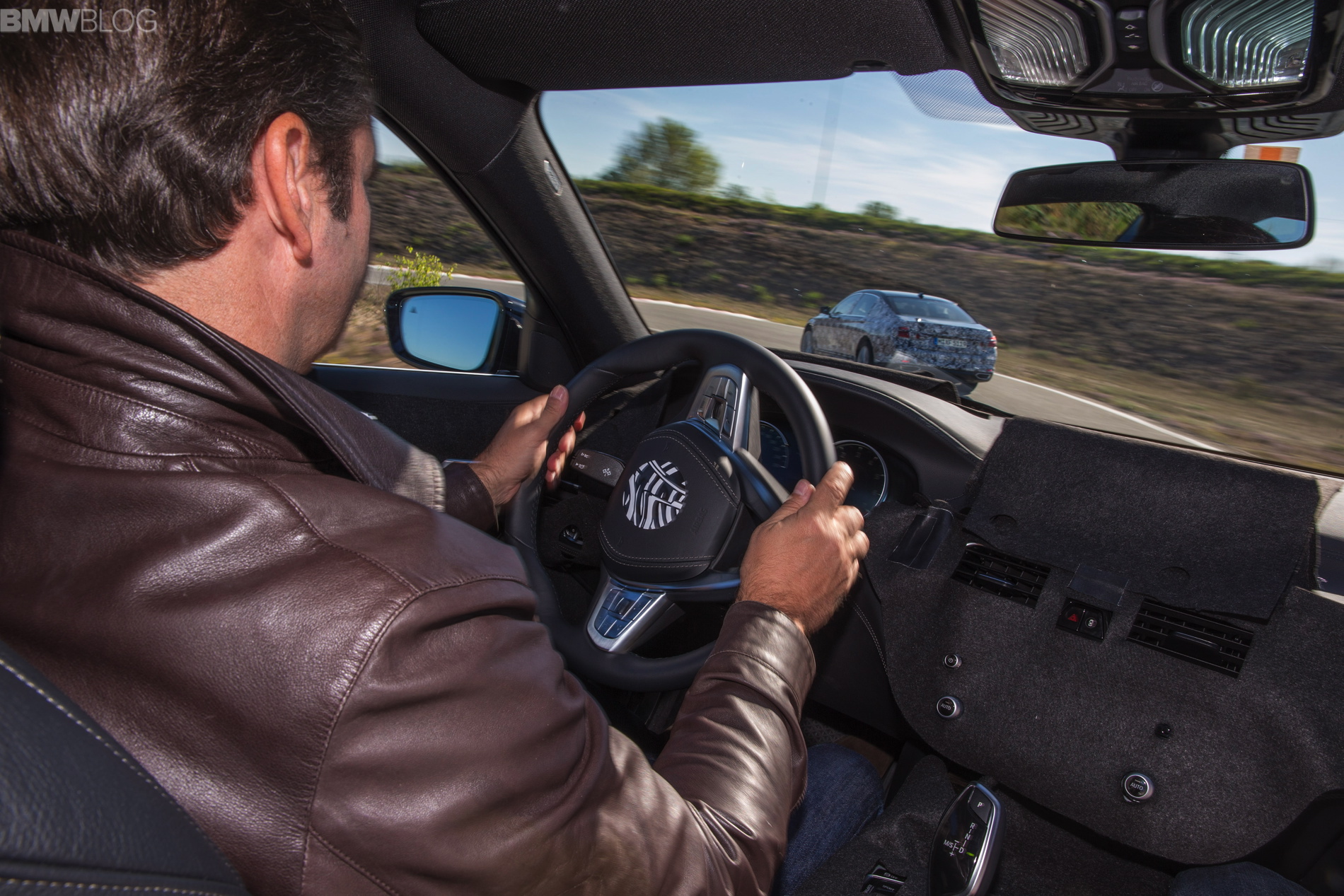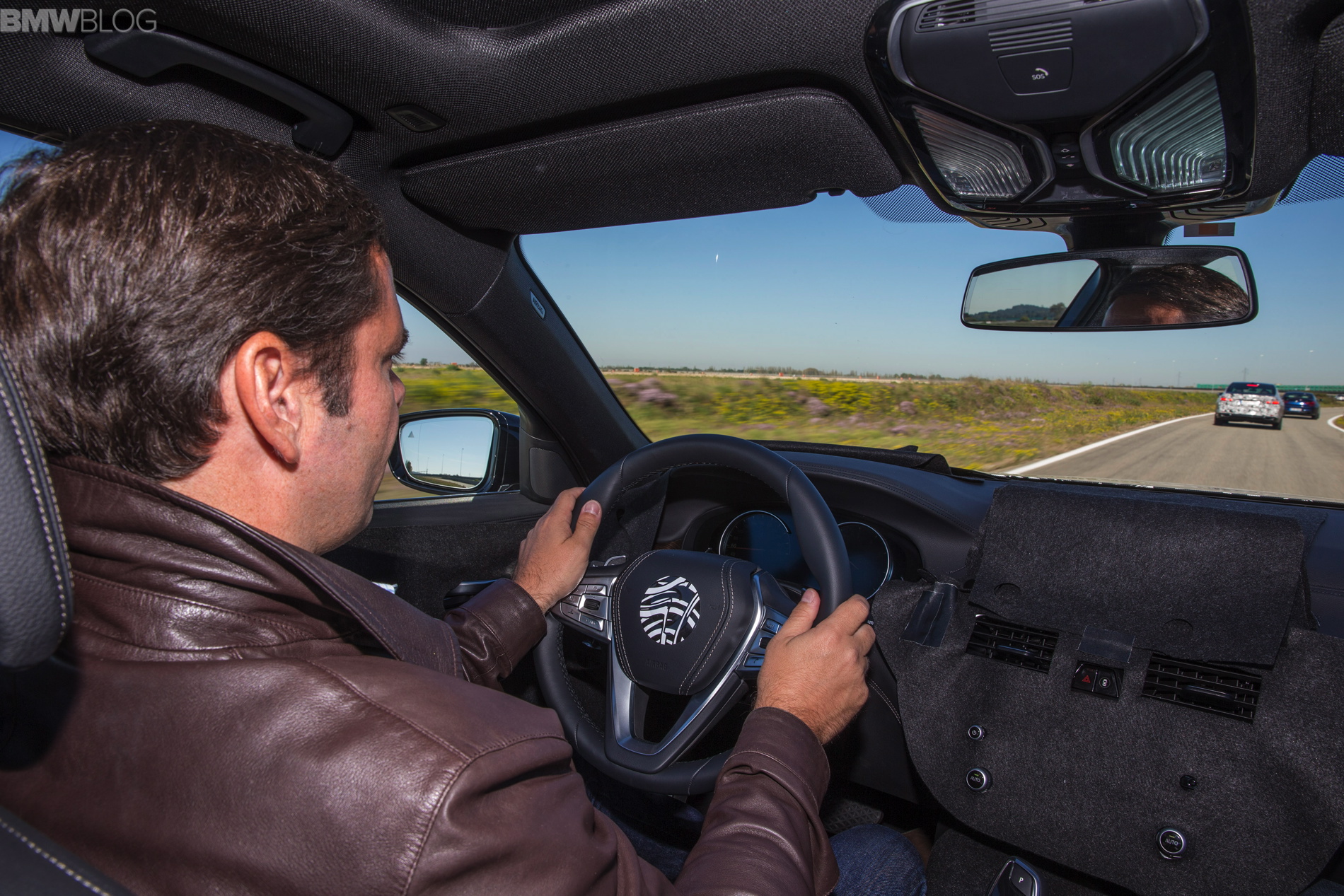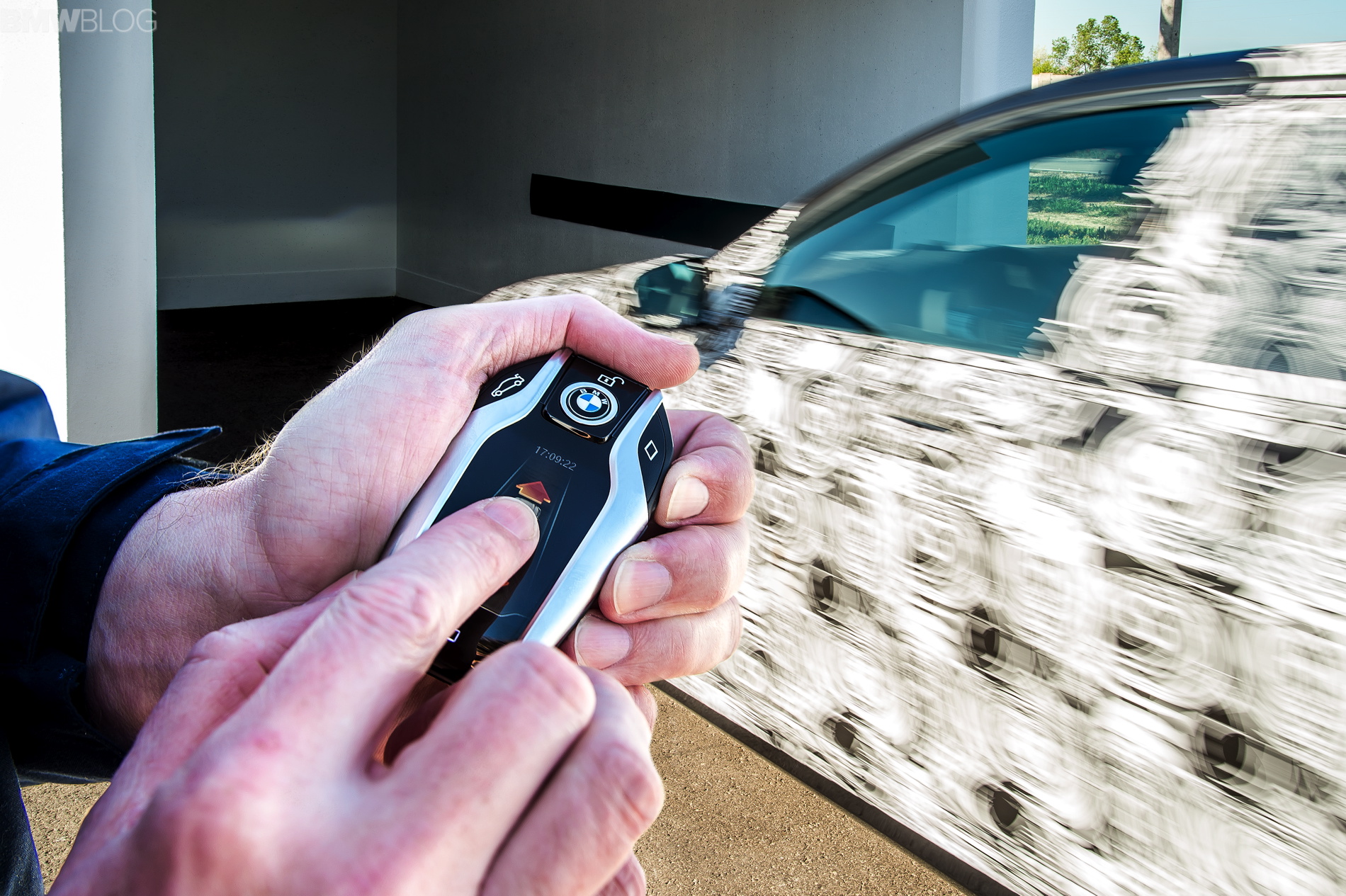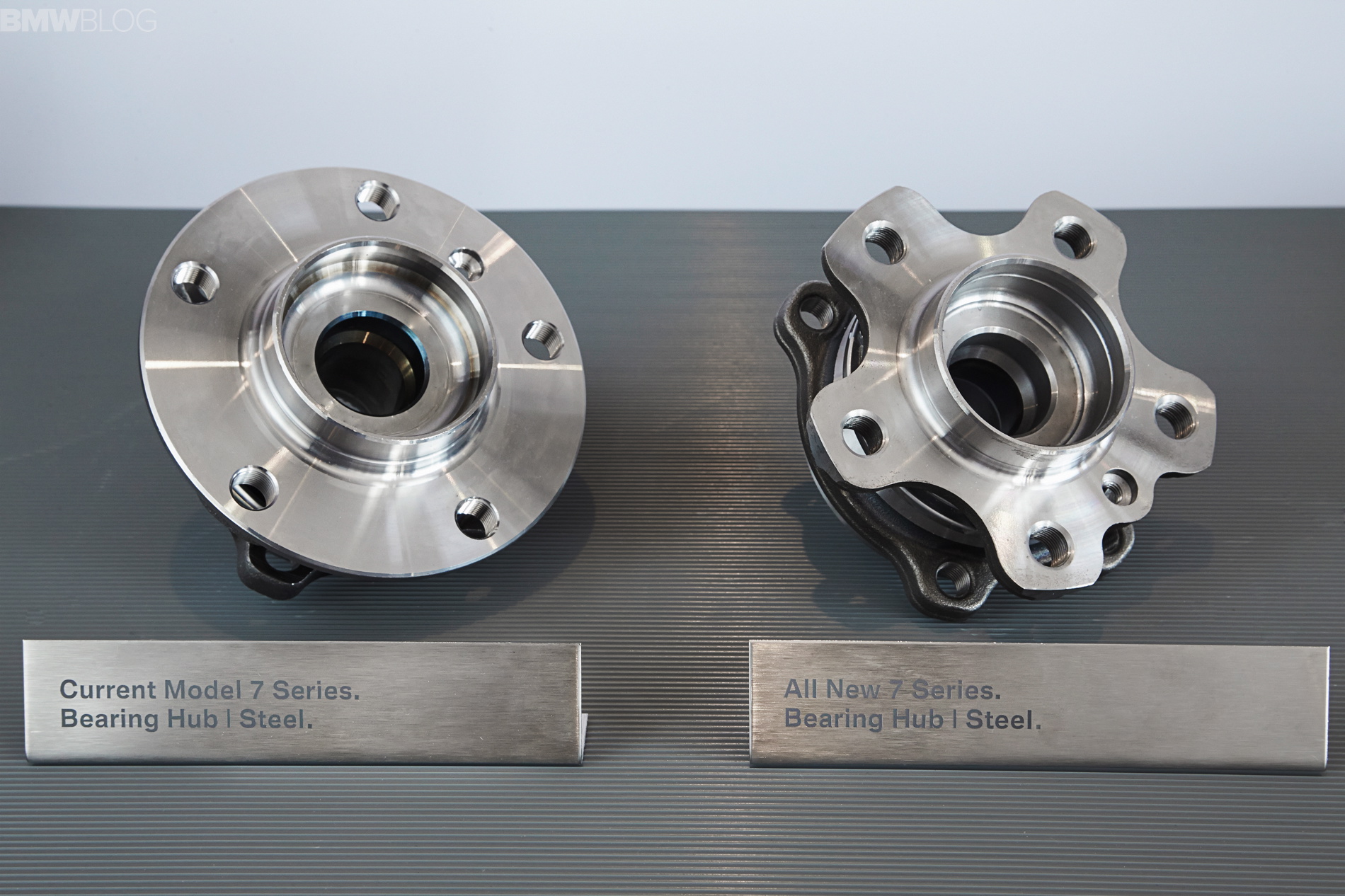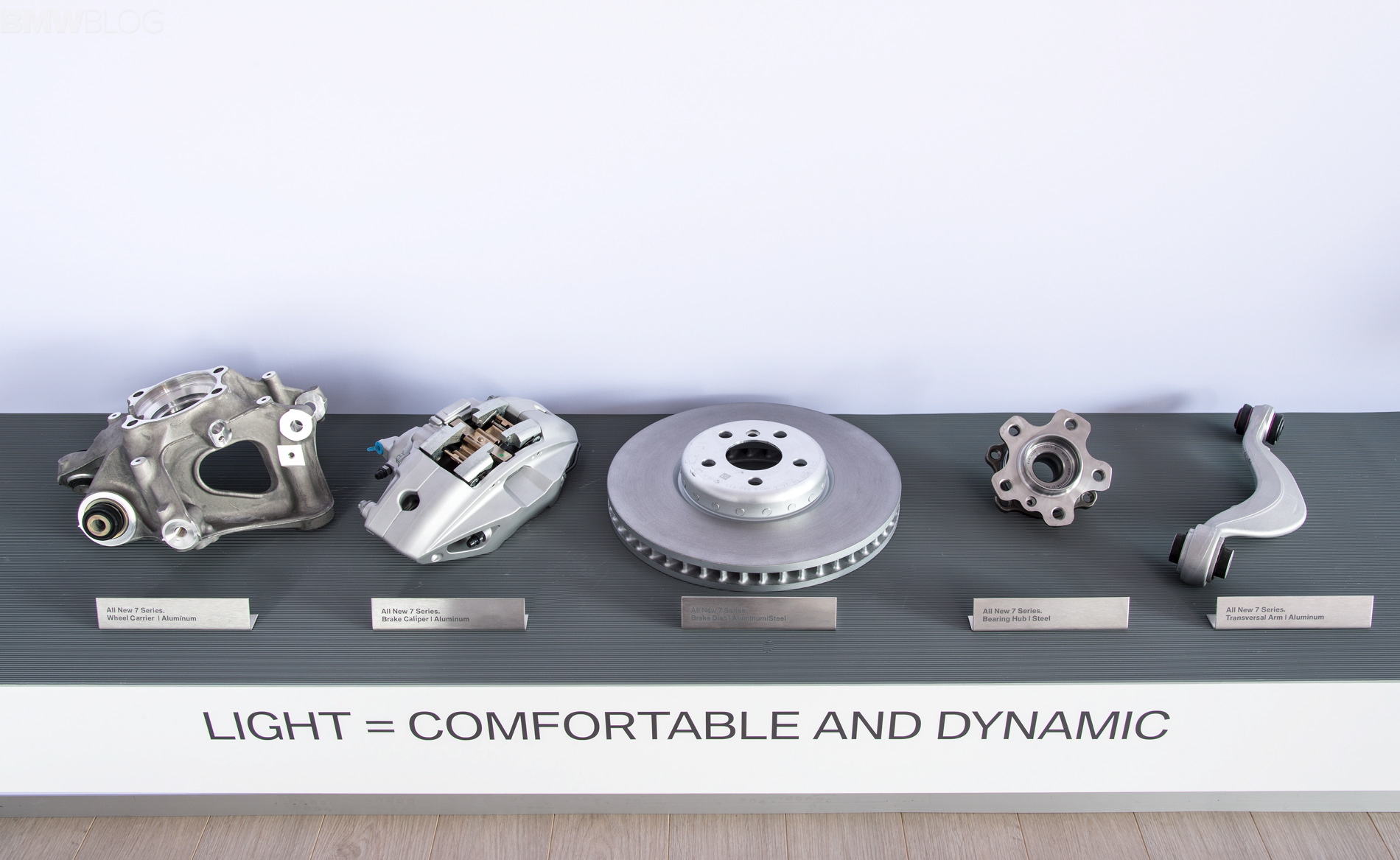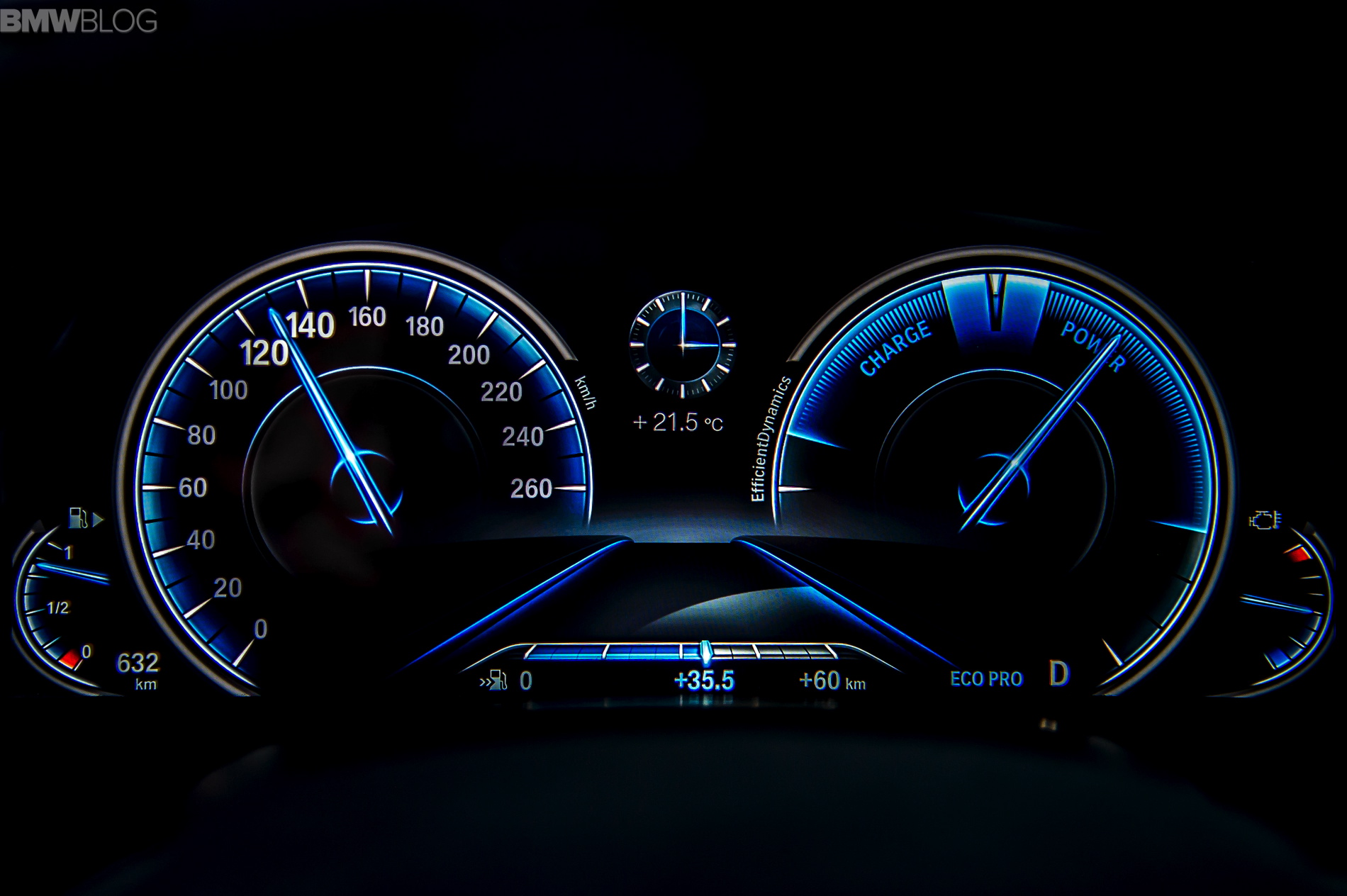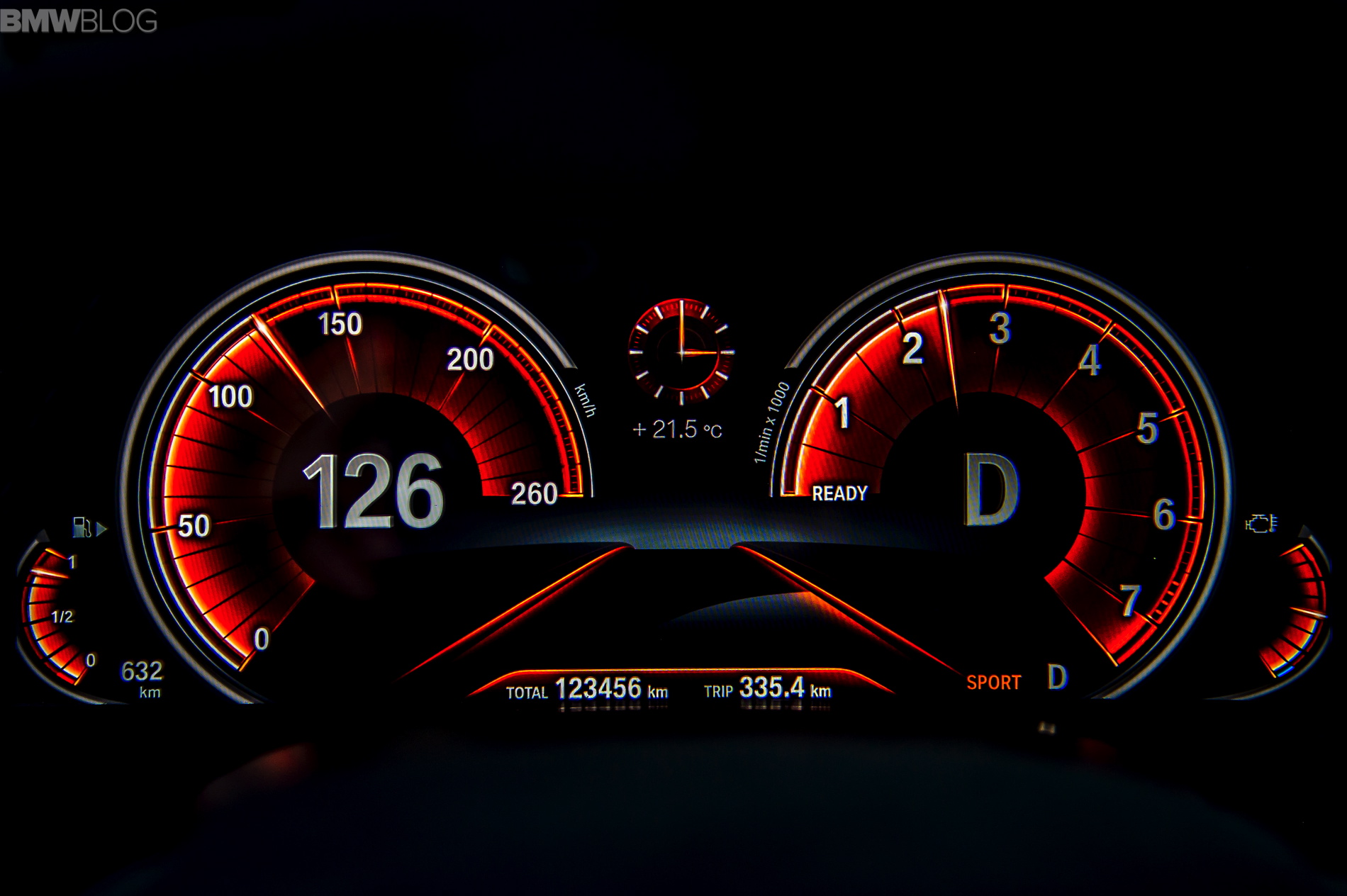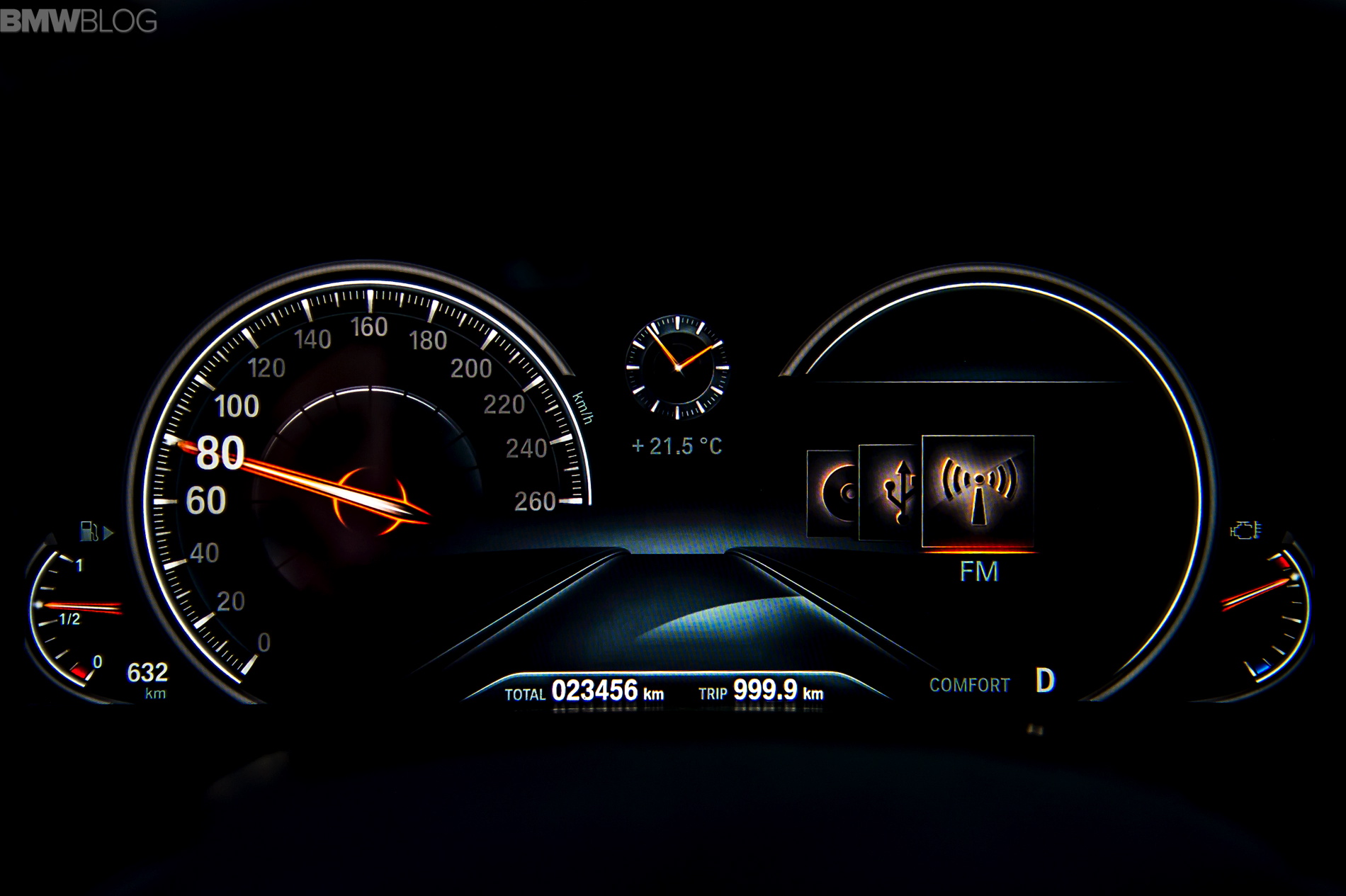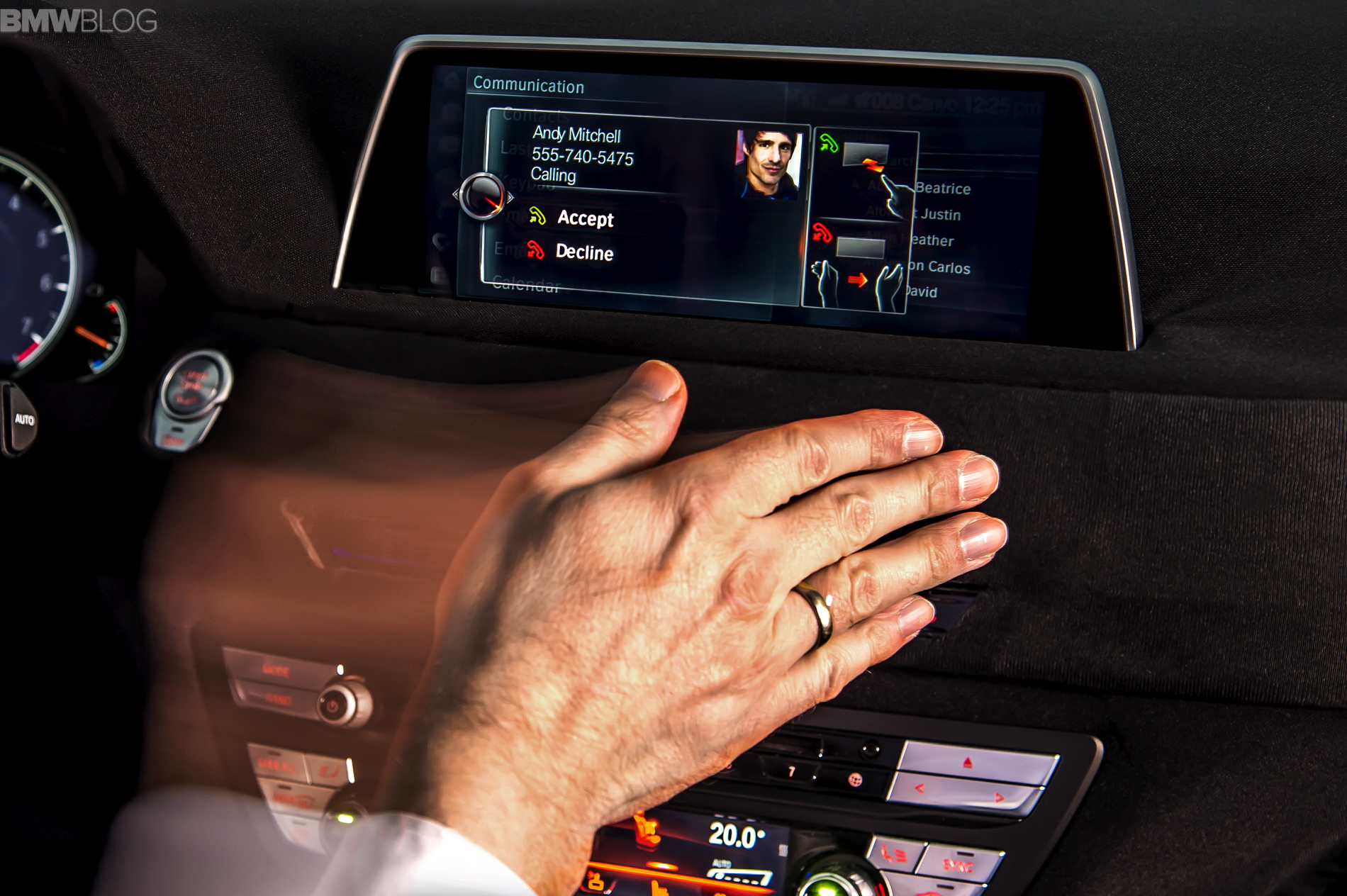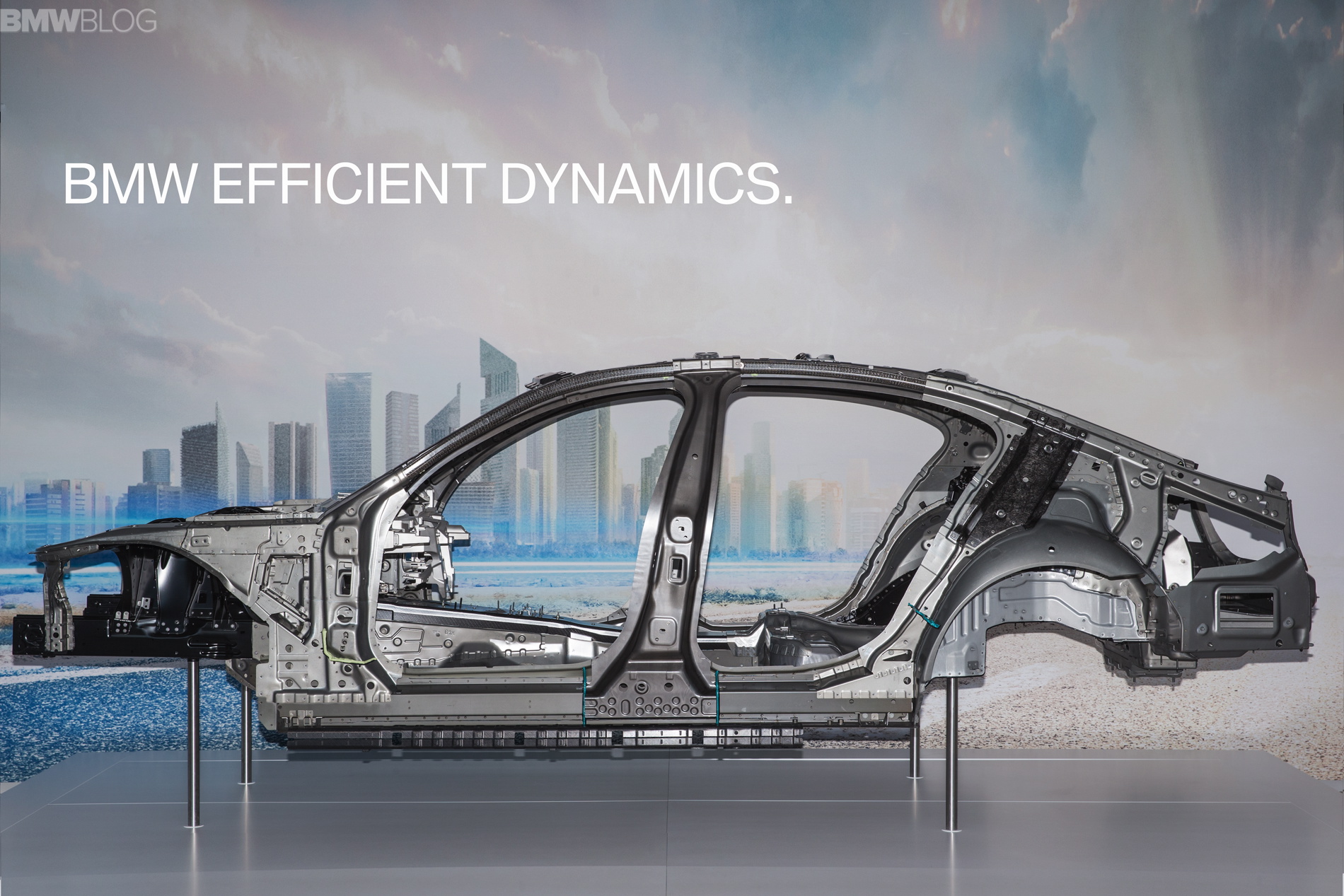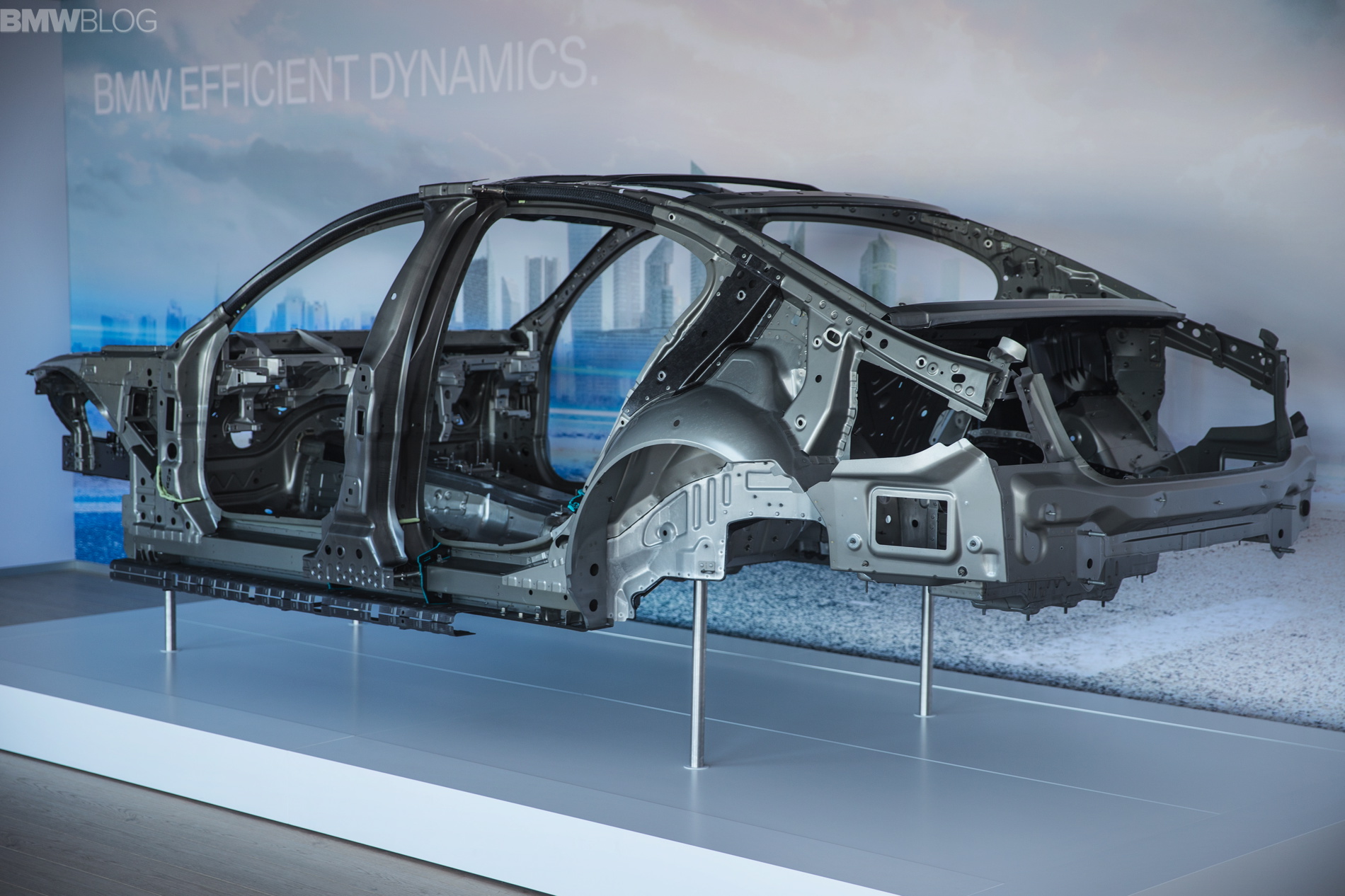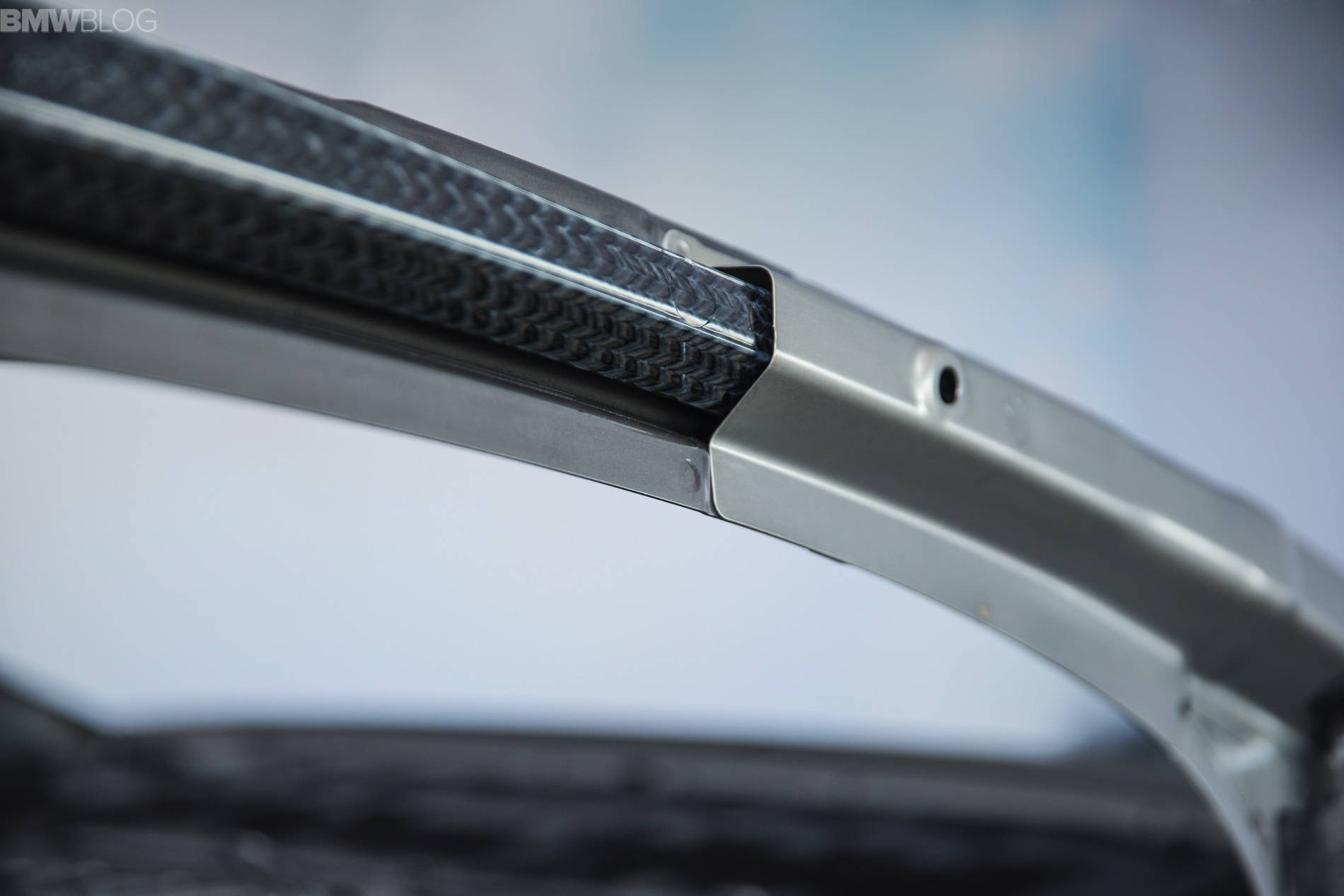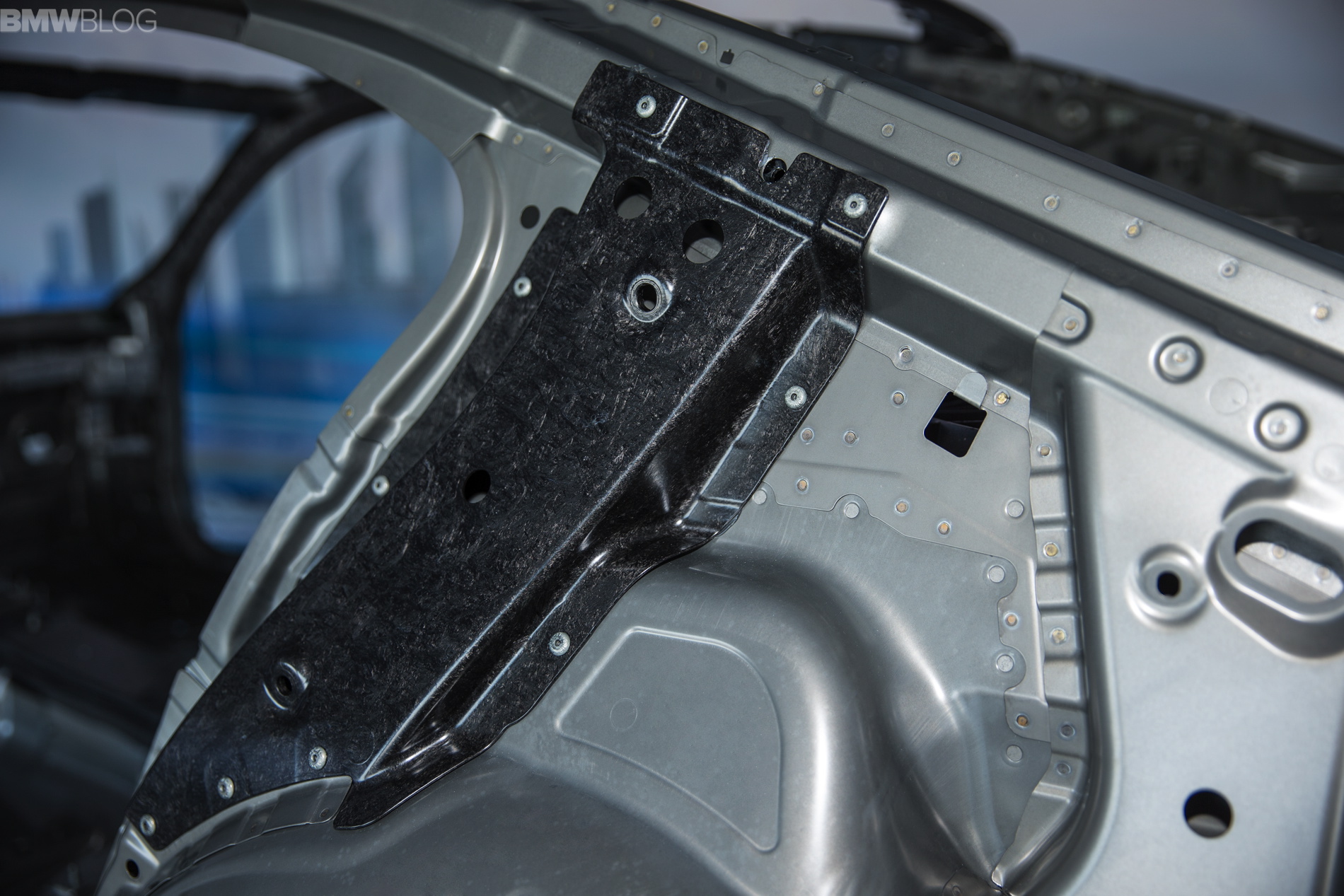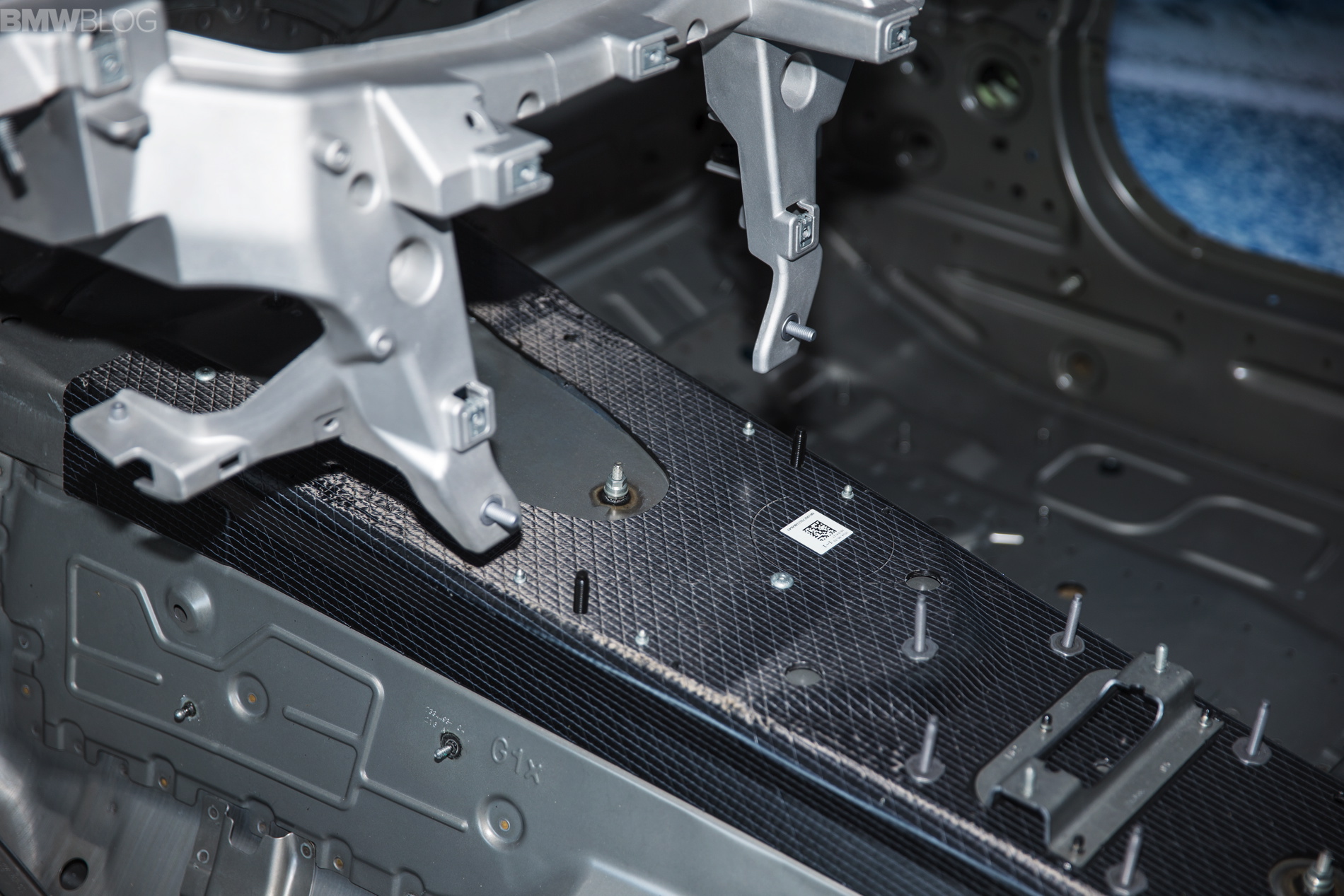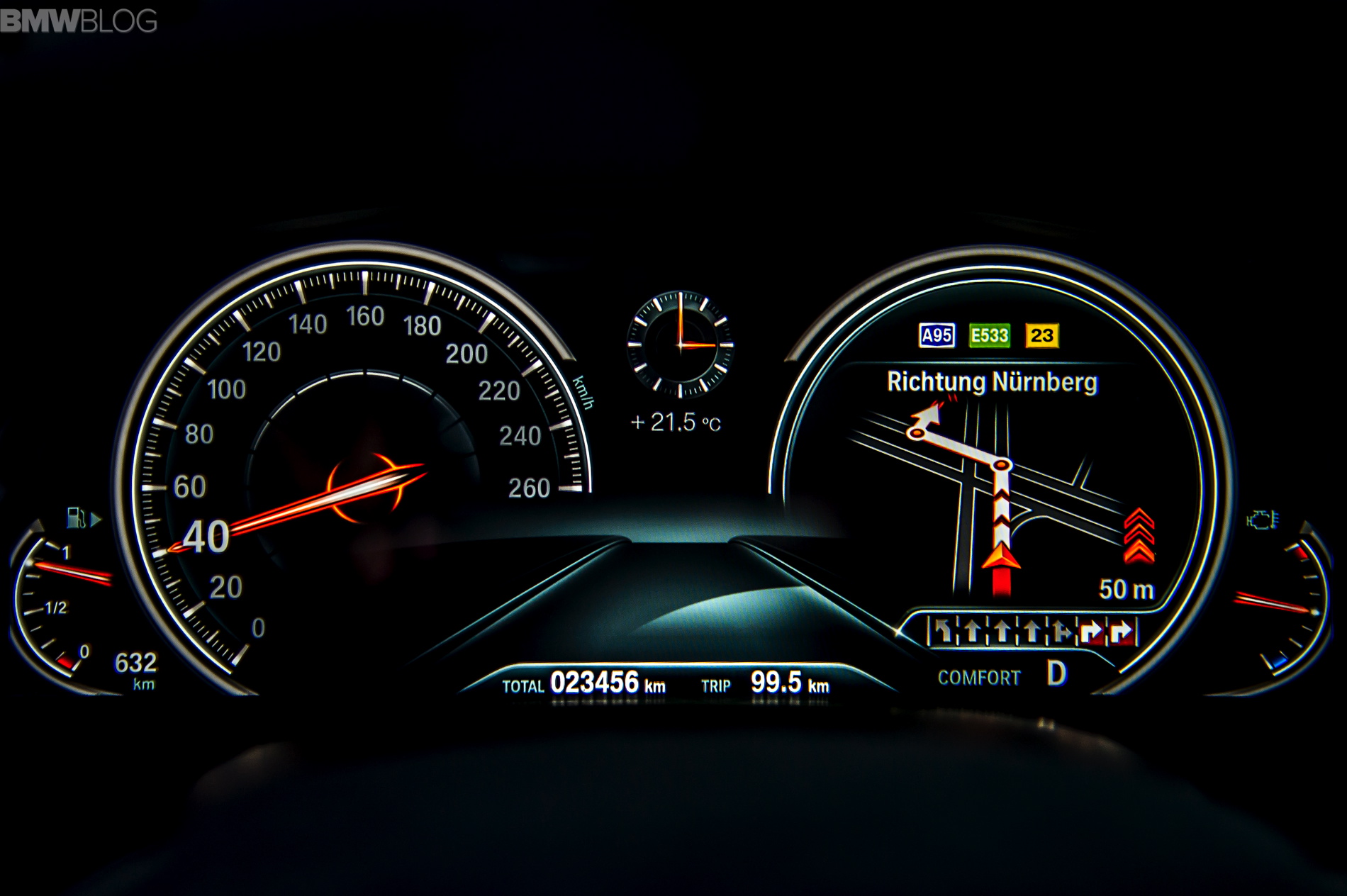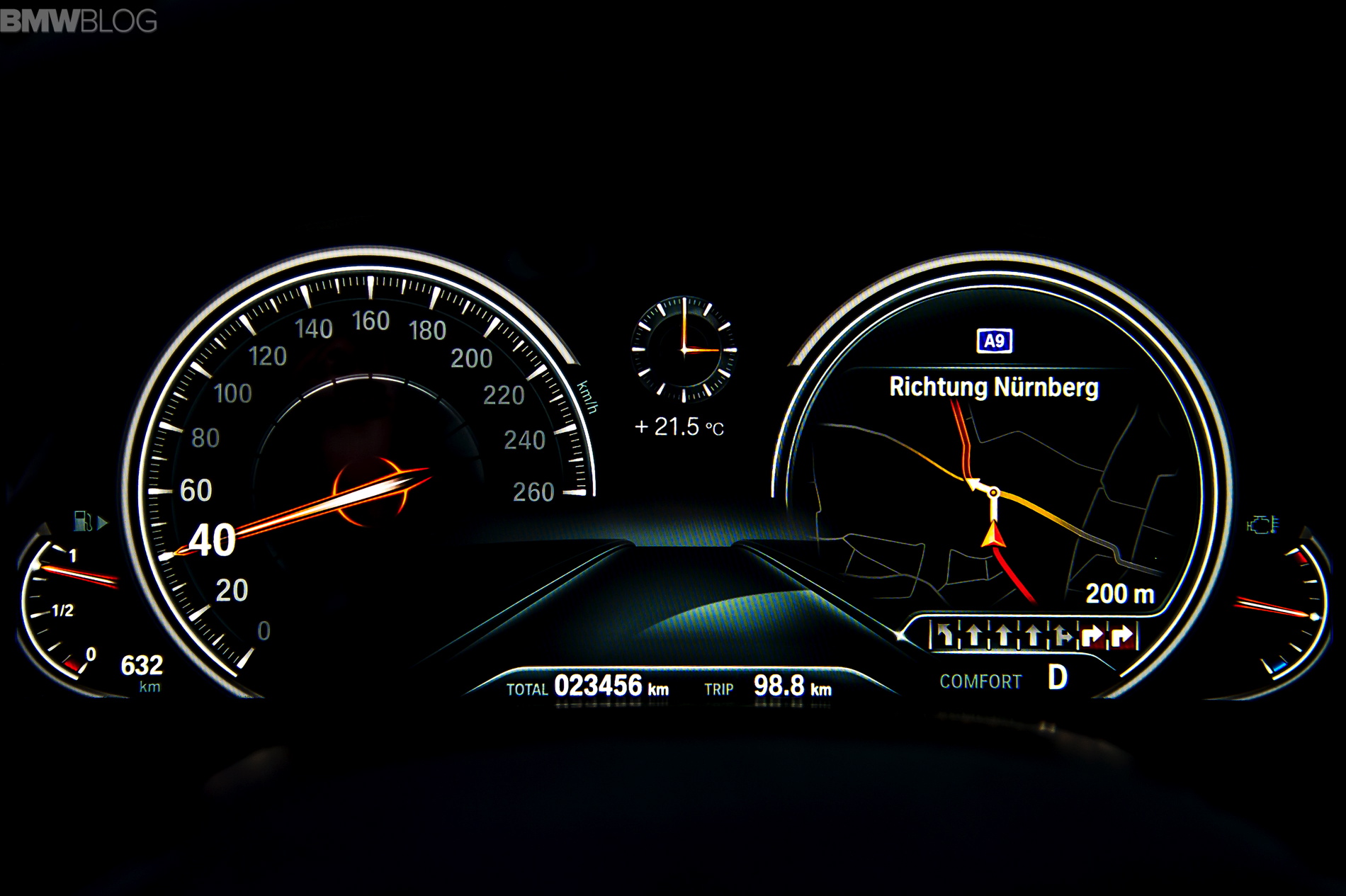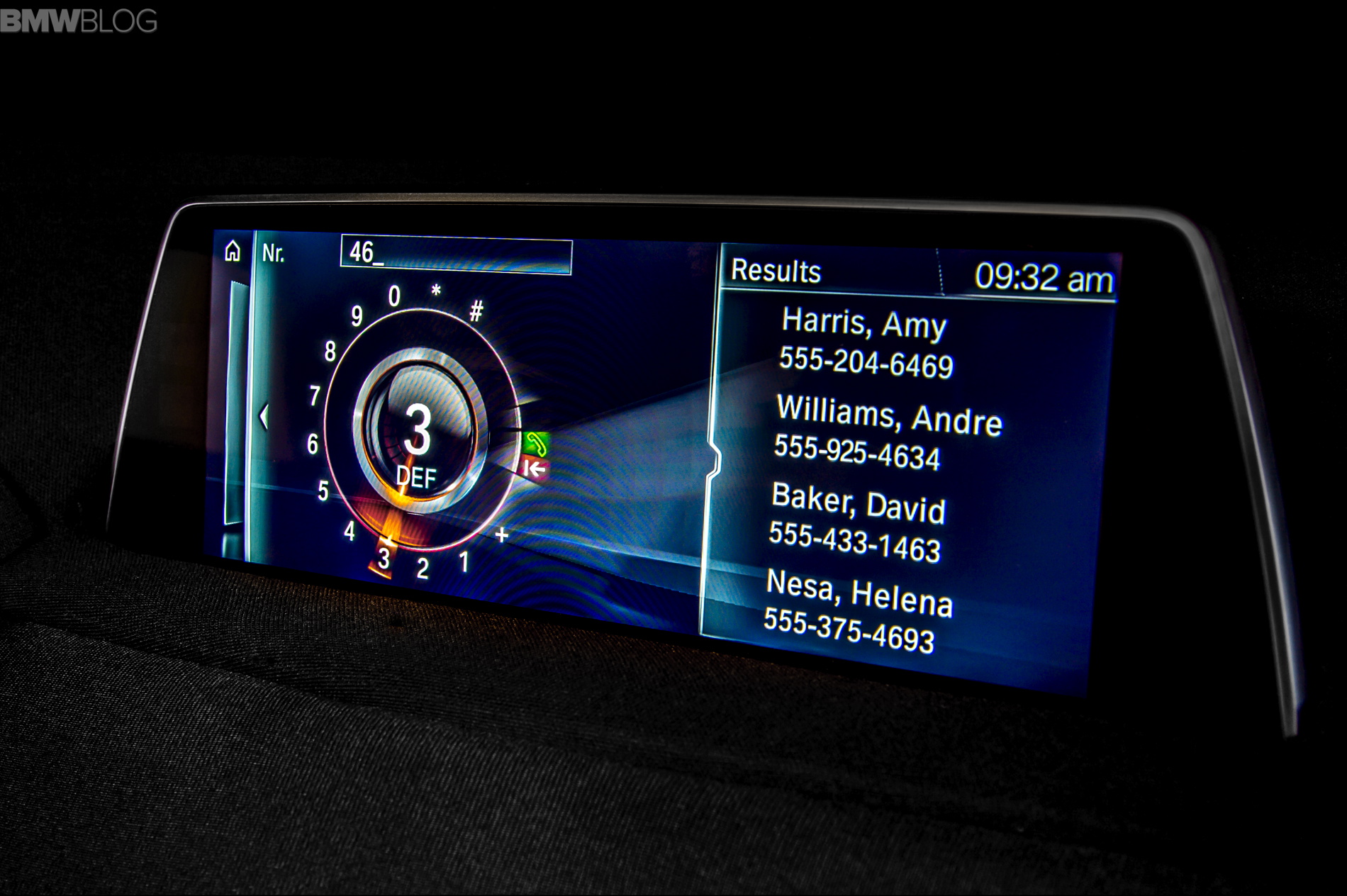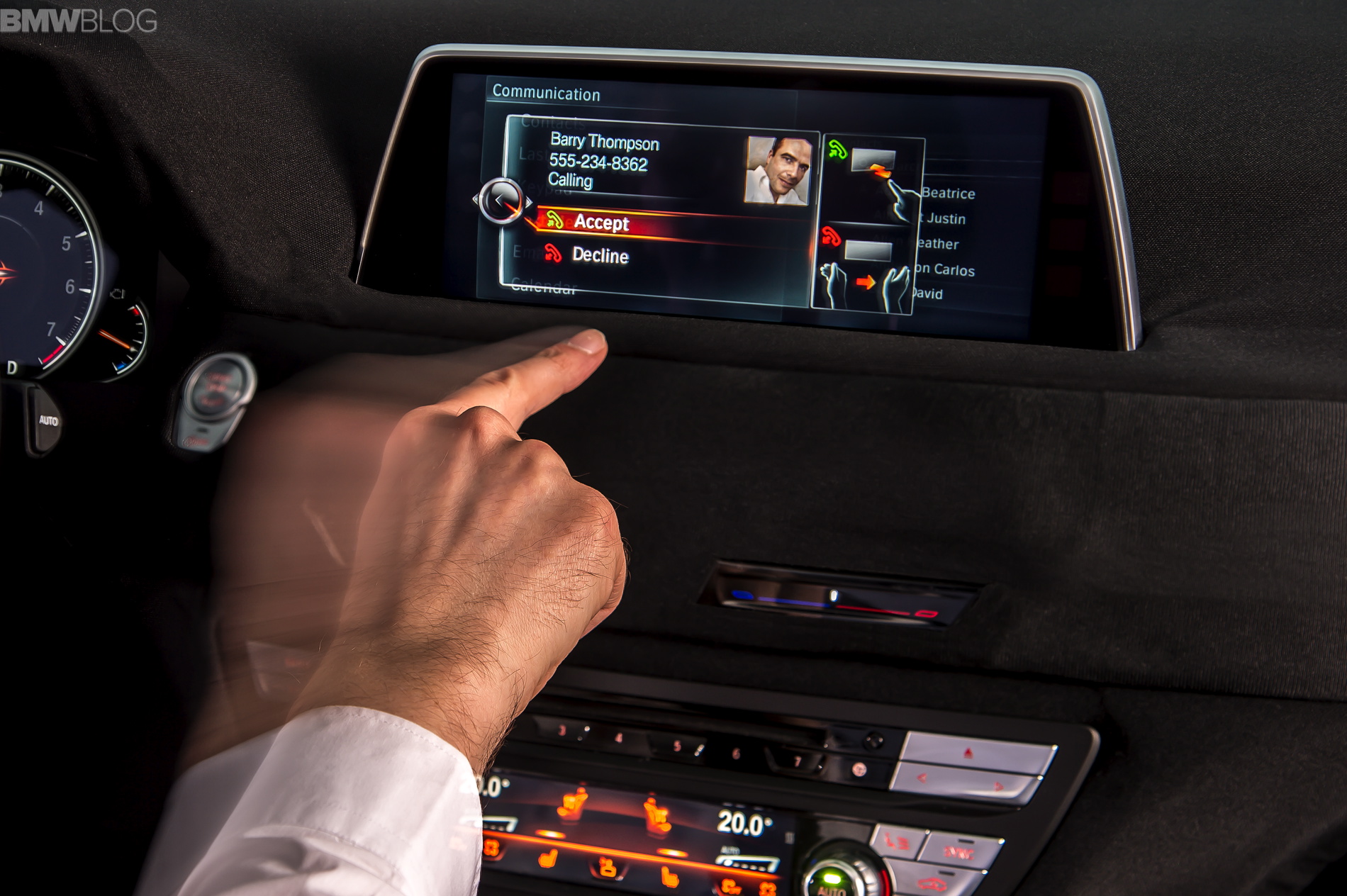The high-end luxury car segment is one of extraordinary competition. BMW, Mercedes-Benz and Audi have been dominating the segment for decades now, playing a never ending game of Top Trumps. With every new model that comes from the three big Germans, whether it be the 7 Series, S Class or A8, a new victor is crowned. The segment leader is ever changing with each new model. At the moment, the Mercedes-Benz S Class is the champion of the segment, with it’s superb levels of luxury and technology. However, BMW has the opportunity to retake the segment crown with its new G11/G12 7 Series.
Lightweight Construction
Using an all-new EfficientLightweigh chassis, which uses an extensive amount of CFRP (Carbon Fiber Reinforced Plastic) in the passenger cell and aluminum in the chassis, the new G12 7 Series will weigh 130 kg (286 lbs) less than the previous generation. Using CFRP in the passenger cell creates exceptional torsional rigidity and strength. BMW also saved weight by creating lighter weight wheel carriers, wheel-bearing hubs and brake calipers.The extensive weight savings helps create a stiffer structure and lower center of gravity which helps create a smoother, more comfortable ride as well as improved driving dynamics. In practical terms, the next 7 Series will be up to 130 kilograms lighter than a previous-generation equipped with a comparable engine (one third of the reduction coming from the body alone), despite significant additions to the roster of comfort and safety equipment on board (actually the weight reduction measures added up to 200 kg loss but 70 of them were offset by the added content of the new car).
Air Suspension
The ride quality and stability will be aided further by the, now standard, air suspension. With air springs being fed by an electrically driven air compressor, the G12 7 Series will be able to self adjust the body height, depending on the load onboard, even in when the car is turned off. The air suspension will also be able to self level the car, by being able to send air to individual springs, to balance out unevenly loaded vehicle.
The air suspension will also have manual control, to raise or lower the height of the body by up to 20 millimeters. If raised, at speeds over 35 mph, the self-leveling function will return the body height back to normal, and in SPORT mode, the air suspension will automatically lower 10 millimeters.
Adaptive Drive
The Driving Experience Control switch houses a COMFORT, COMFORT+ and SPORT mode. A new ADAPTIVE mode will be available as well, in which the car will automatically adapt to the driver’s characteristics. The system will monitor steering and throttle inputs as well as the shifter’s position (whether it be in D or S), to determine which driving mode to be in. With cars equipped with navigation, the system will also use the cars location (whether it be a city, motorway or twisty road) to further aid the ADAPTIVE driving mode.
New iDrive
BMW’s famous iDrive will also be receiving an overhaul, with the addition of both touchscreen and gesture controls. The touchscreen controls will be available as well as physical buttons, so it won’t be fully controlled via touch.
Touchscreens aren’t all that new, however, gesture control is. A 3D sensor will be able to detect certain, predefined hand motions, for commonly used controls, such as adjusting volume or answering phone calls. These predefined hand motions can be set up to control a variety of iDrive or navigation functions by the user. These gesture controls are an optional alternative to standard physical controls and do not replace them. There will also be a symbol prompted on the iDrive display to indicate whether or not gesture controls are available, depending on the situation.
Safety Features
Along with all of this new interior technology, the G12 7er will also come equipped with an array of ConnectedDrive safety features. With technologies like rear collision prevention and cross-traffic warning, the 7 Series will allow drivers an additional layer of safety when driving in reverse. Using radar sensors on the sides of the rear end, the 7 Series will be able to monitor cross-traffic when reversing in a situation when rearward visibility is limited. In addition, to prevent a rear-end collision by another vehicle, the 7 Series will flash high-frequency hazard lights at approaching vehicles to warn them of an impending impact. If impact is deemed inevitable by the system, the car will implore Active Protection measures, such as tightening seatbelts and closing windows and the sunroof. These safety features are included with the usual backup cameras and sensors, well as LED warning lights in the side mirrors for cross-traffic.
Along with the bevy of active safety features, the new 7 Series will also have Active Cruise Control and a Stop & Go function, to drive the car semi-autonomously in slow traffic. It will also have a Driving Assistant Plus system along with Traffic Jam Assistant and Lane Departure Warning Assistant. These systems utilize stereo cameras, in addition to the radar systems, on the car to detect approaching vehicles from either the sides or rear, road boundaries and vehicles ahead. It will also help drivers stay in the lane, by utilizes smooth steering inputs, at speeds up to 130 mph. During a lane change, the car will also help to avoid collisions with other vehicles on either side. The Adaptive Cruise Control can also be regulated to the current speed limit, so it won’t allow the car to go over.
Autonomous functions
Another benefit to all of these systems is the remote parking feature. By using the new BMW Display Key, drivers will be able to prompt the car to park itself in extremely tight spaces in which the driver wouldn’t normally be able to exit the car from. To access this function, the 7 Series must be positioned within a maximum angle of 10 degrees and it won’t be able to cover distances more than 1.5 times the length of the car.
Engines
Despite the excellent technological innovations, the new G12 7 Series isn’t just about fancy tech. The G12 will be receiving an all new inline-six engine from BMW’s latest generation of engines. It will be a gasoline powered I6 with a twin-scroll turbocharger, aluminum crankcase, cylinder head and oil sump. The TwinPower turbo will use an indirect intercooler integrated into the intake manifold, along with High-Pressure Injection. The latest version of VALVETRONIC variable valve control and DOUBLE-VANOS variable camshaft control for intake and exhaust valves. The new I6 engine will have rapid engine response as well as increased power and efficiency. A four-cylinder petrol and diesel are also likely to appear, one of them scheduled for the Chinese market (BMW 725d and 730i).
Combine the added power with a much lower curb-weight, as-standard adjustable air suspension and impressive technology, and the G12 7 Series is shaping up to be a serious contender for the segment crown. The 7 Series will be able to strike an excellent balance between power, driving dynamics and luxury. The interior and instrument cluster are looking vastly improved over the previous gen, and highly competitive in the segment. The exterior will be lower, wider and longer, boasting more sophisticated and aggressive looks than before. All in all, the G12 7 Series is something for BMW fans to get excited about.
Hopefully it’s able to capture some of the magic that made some previous 7 Series’, like the E38, so fantastic. If so, Mercedes and Audi may need to run back to the drawing board.


